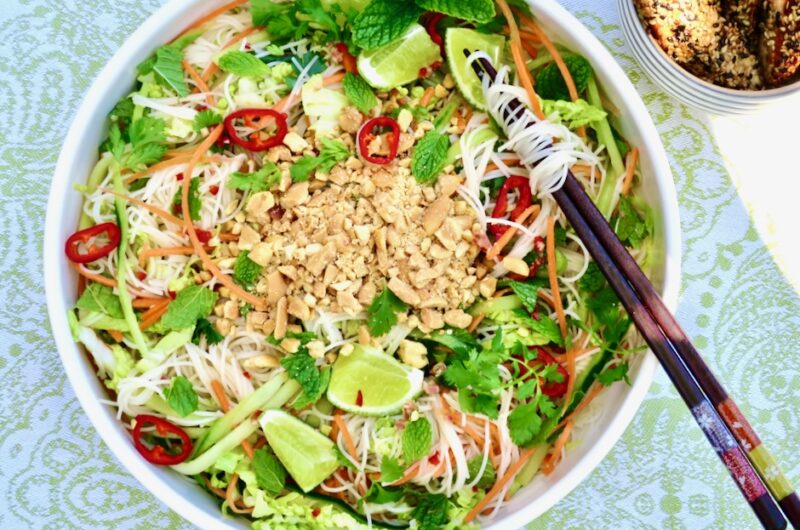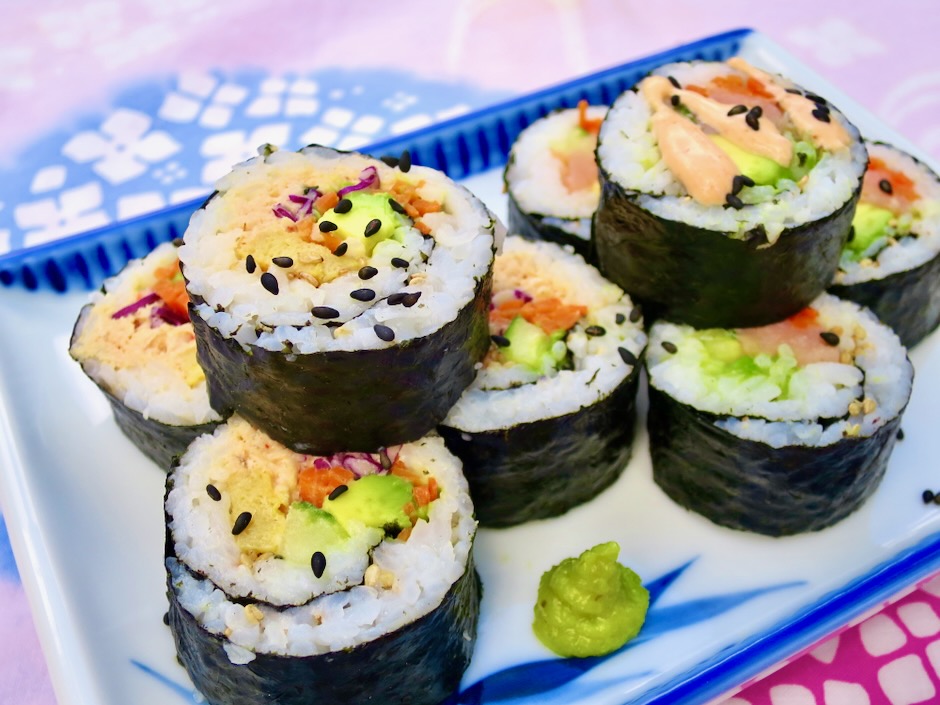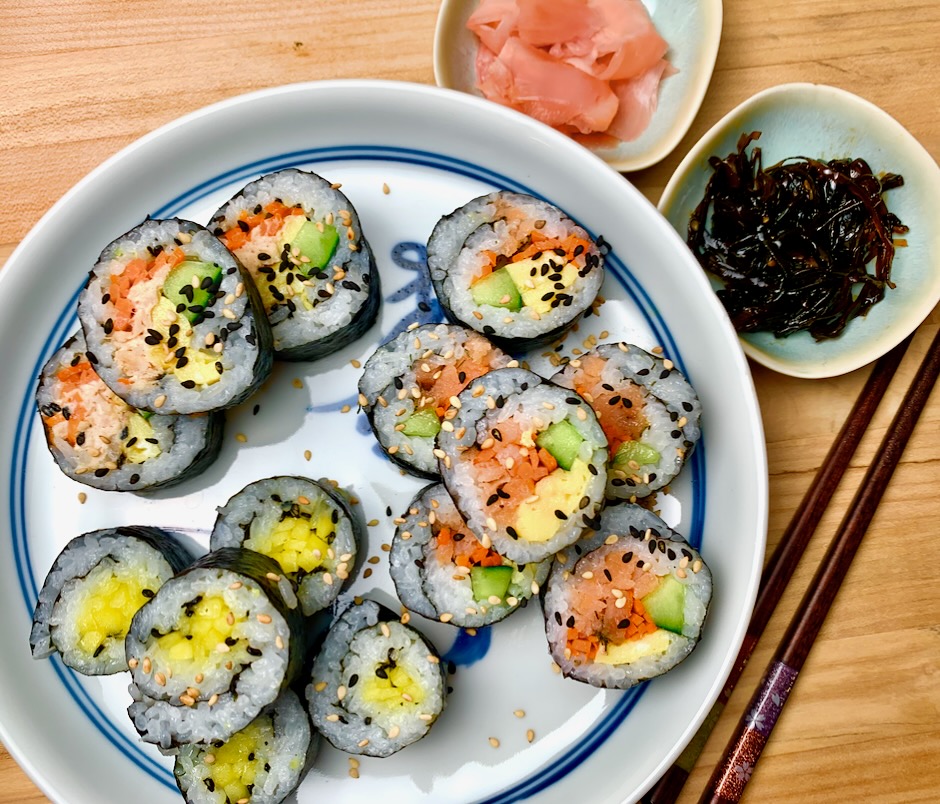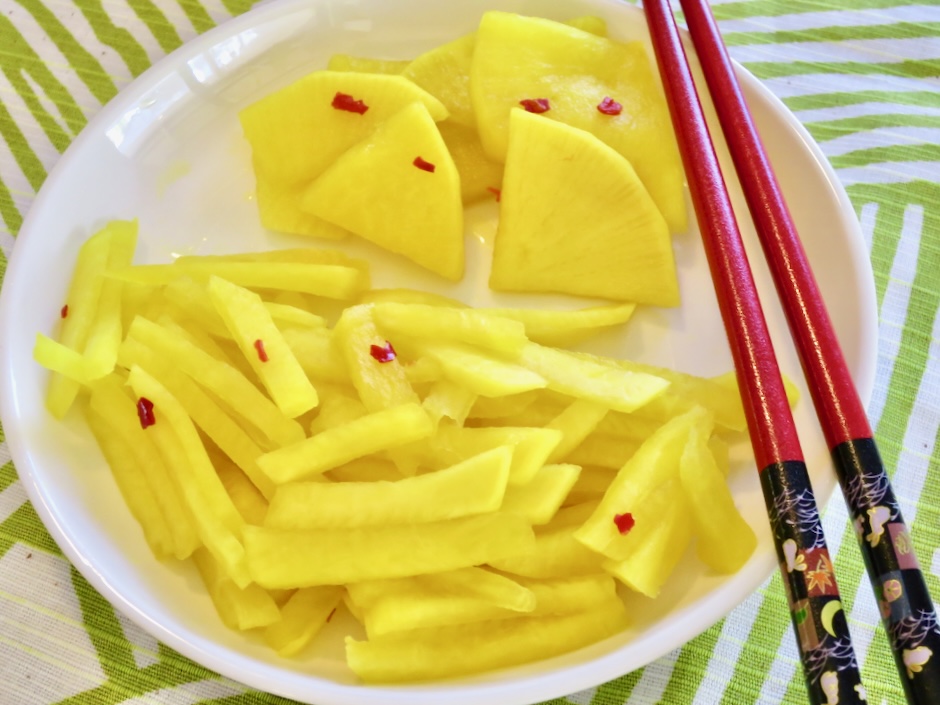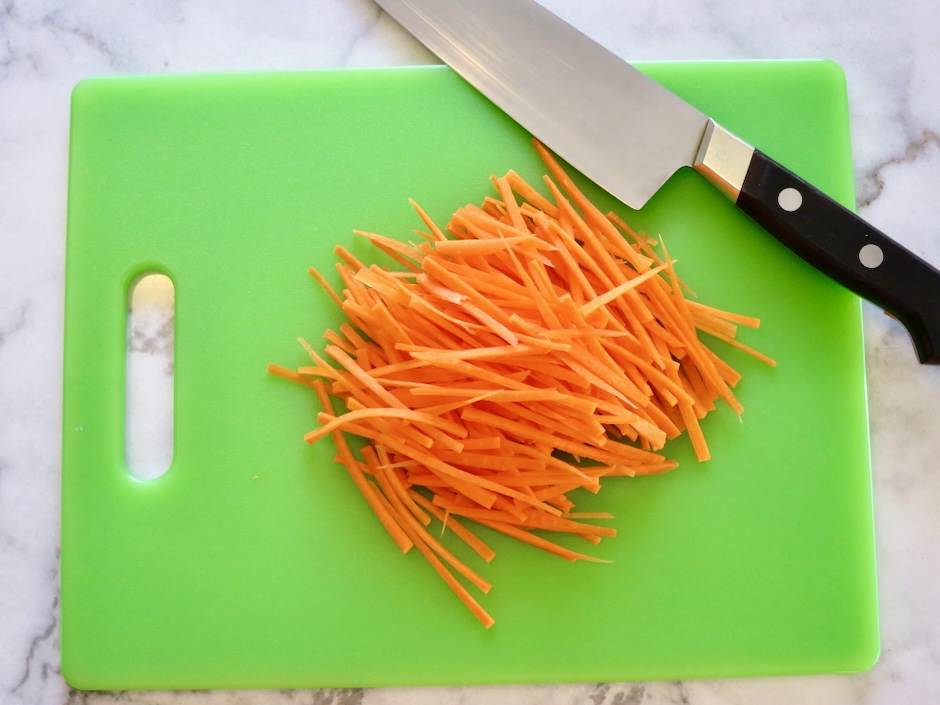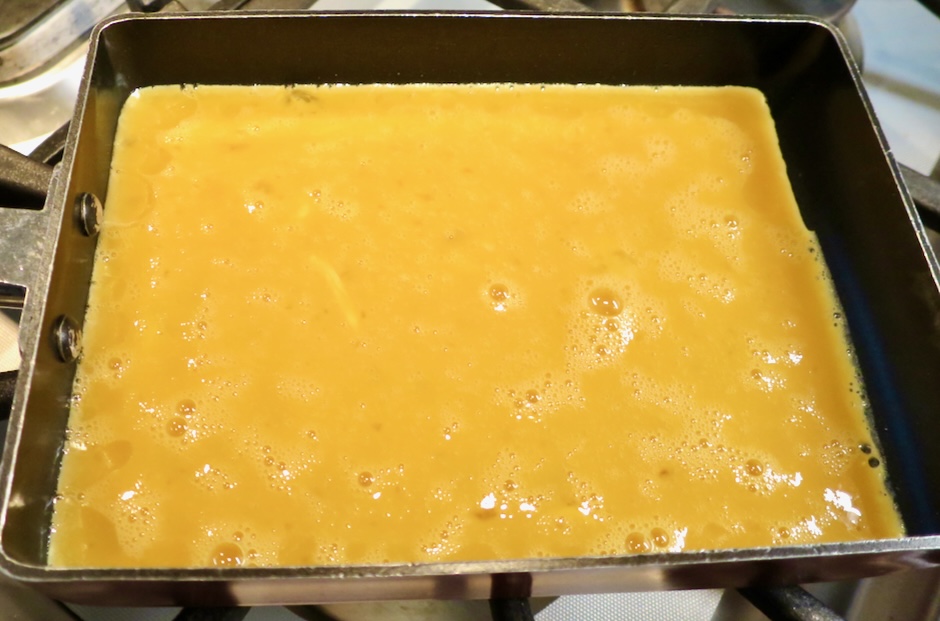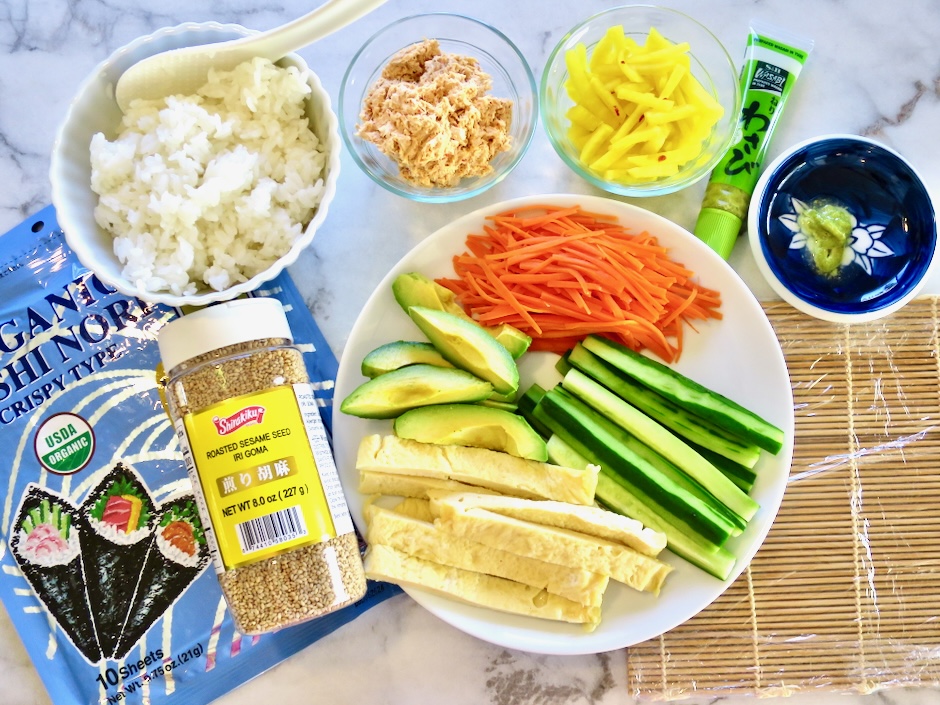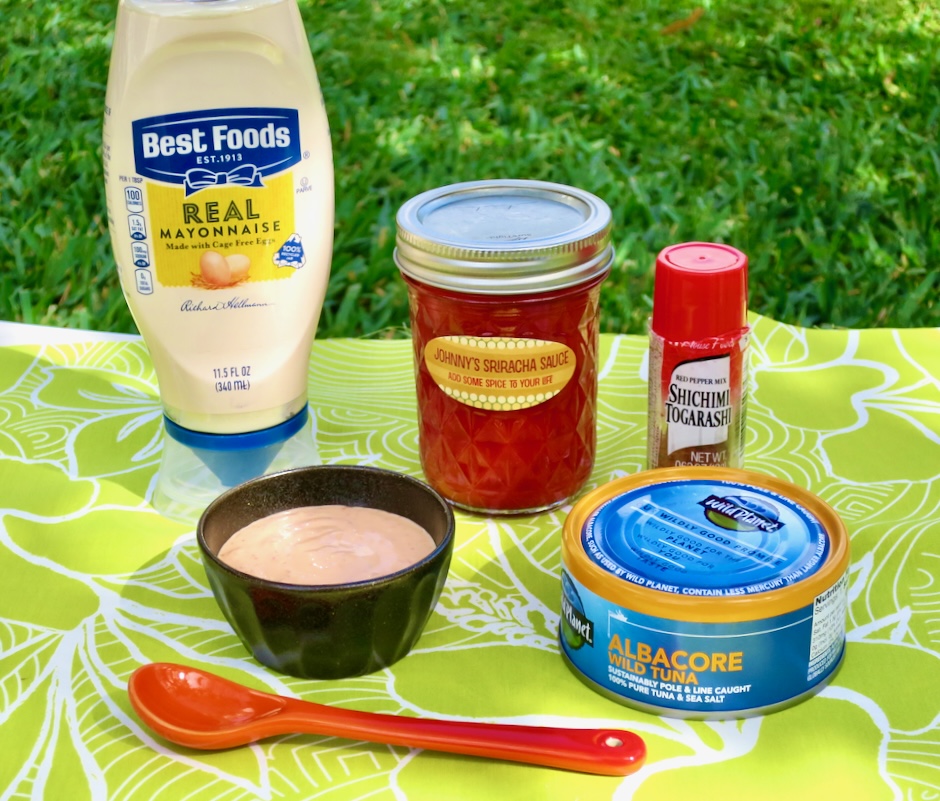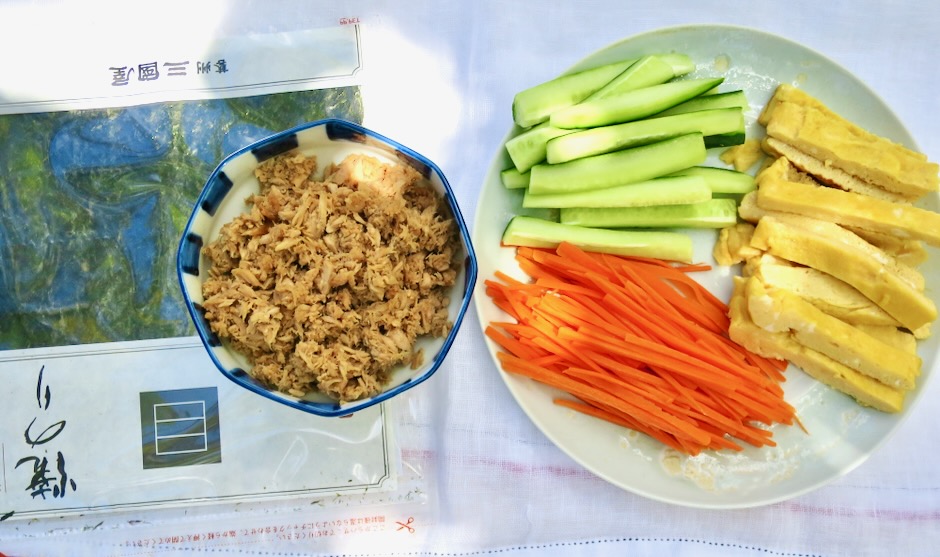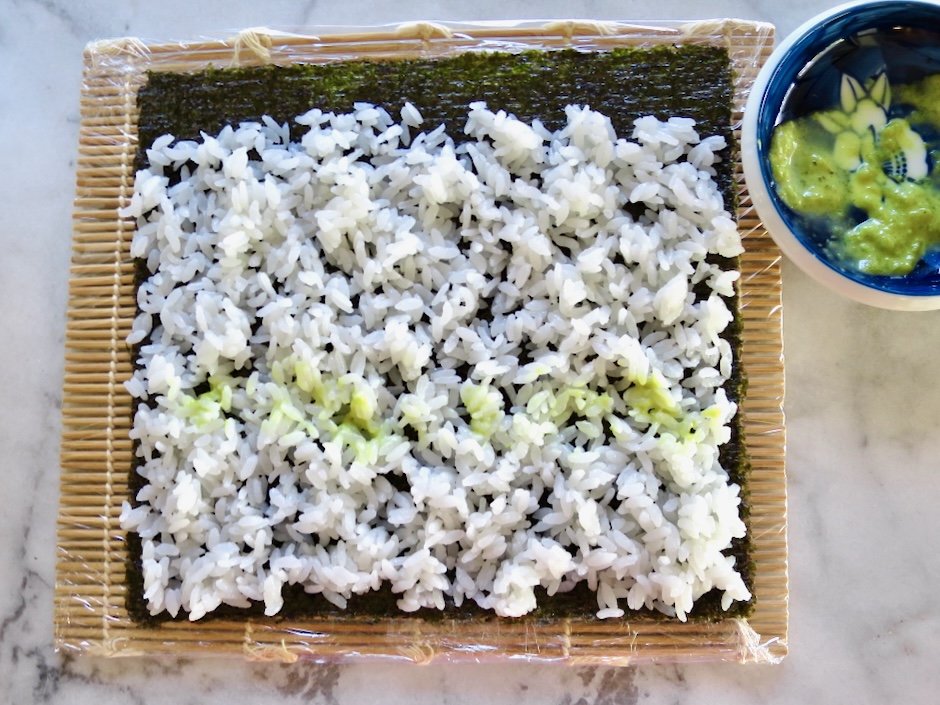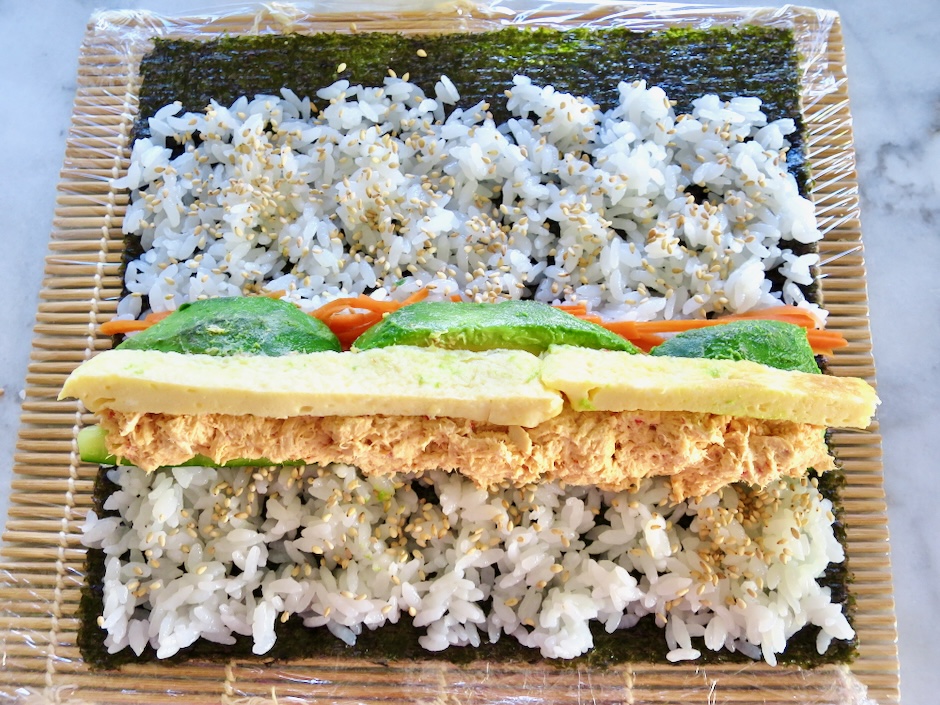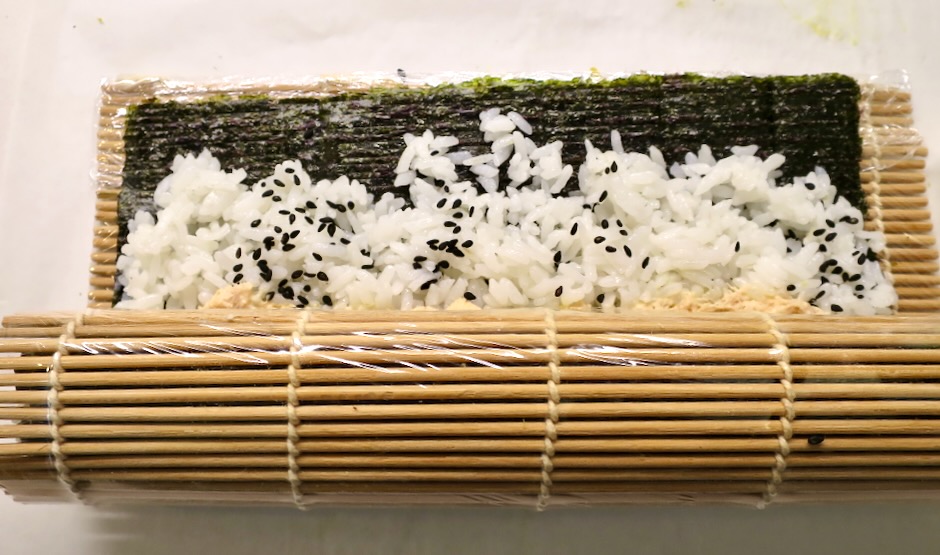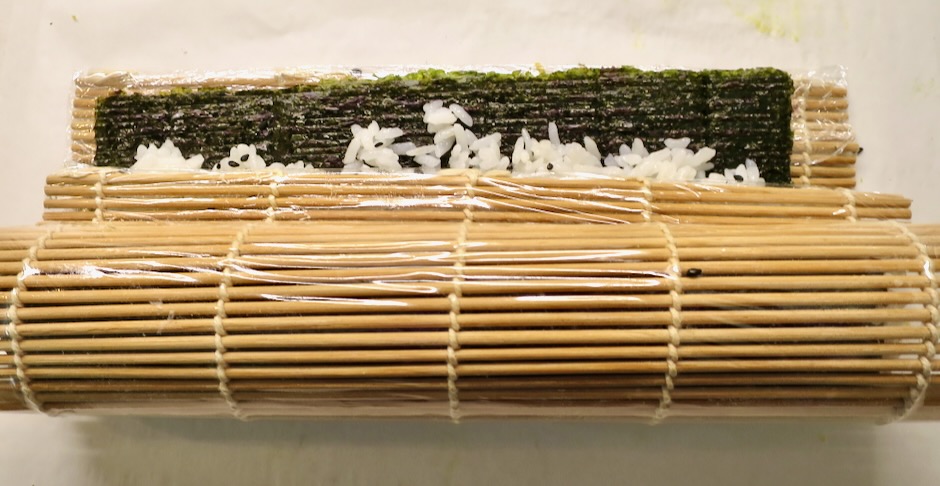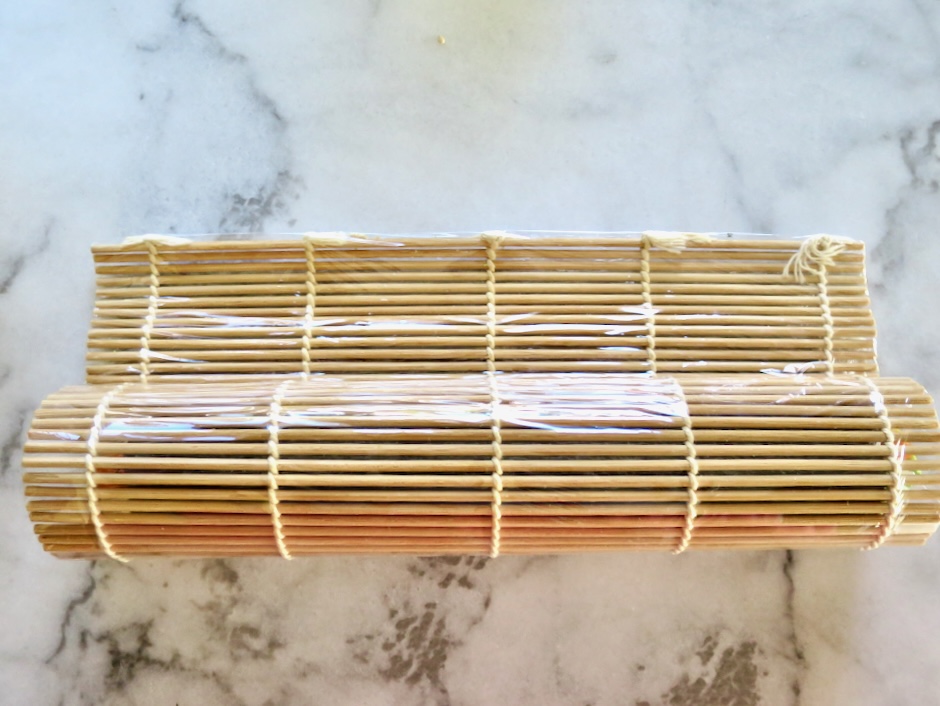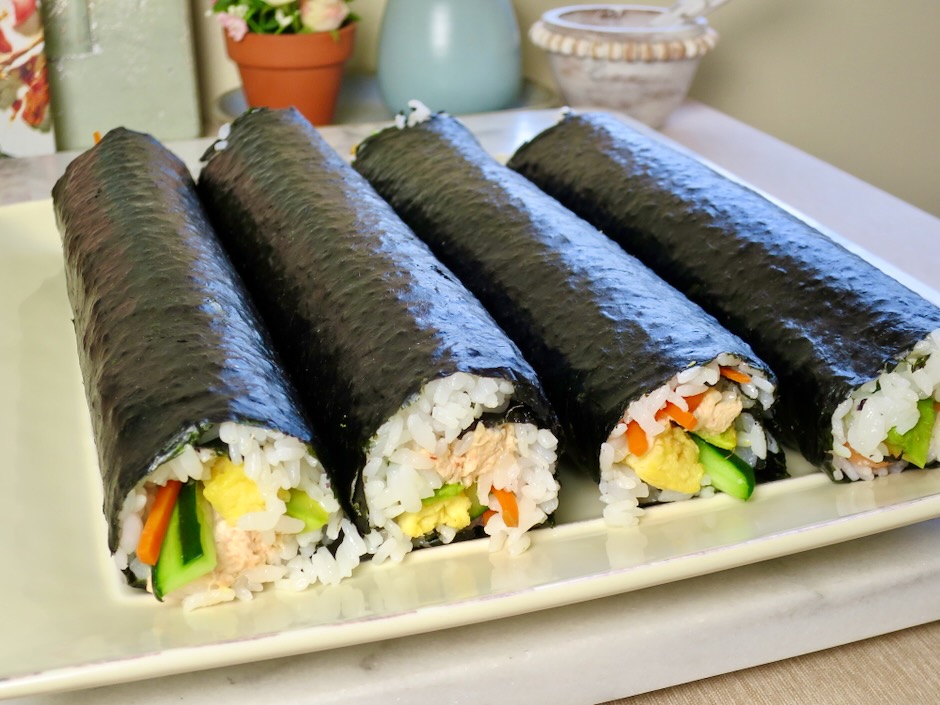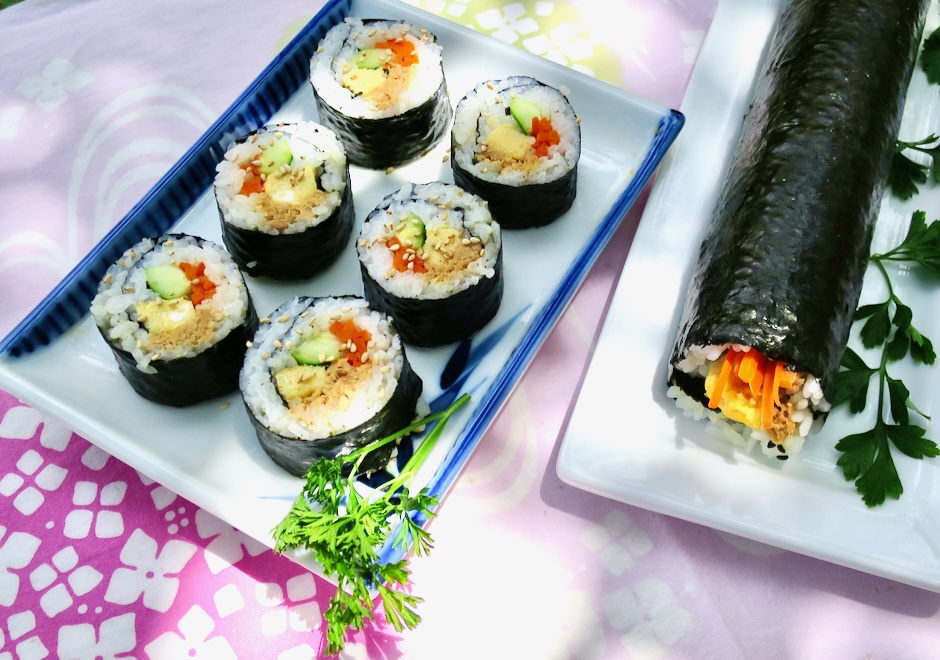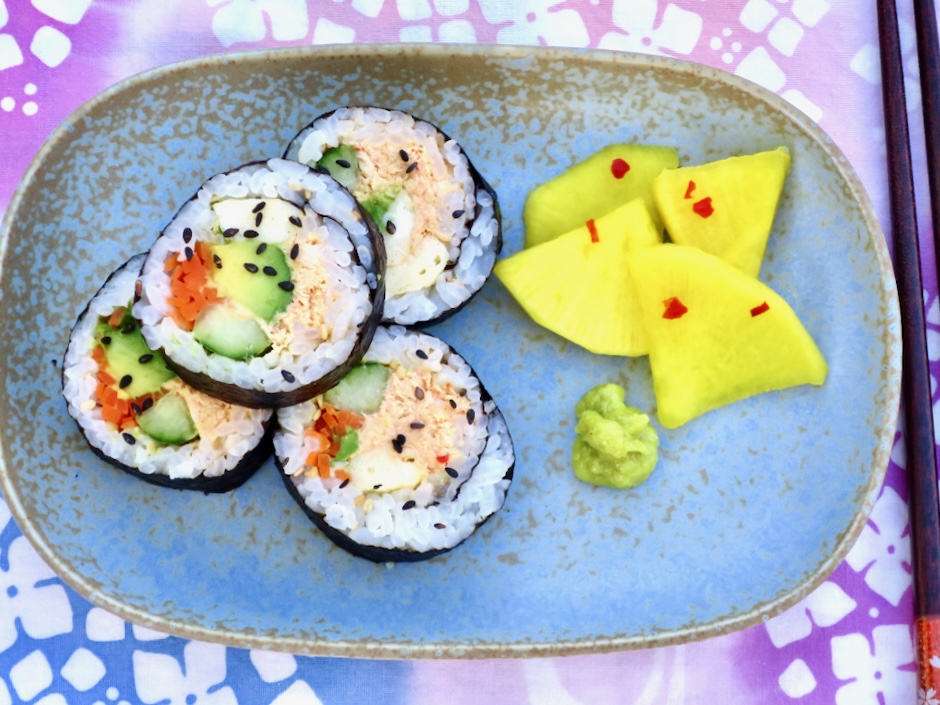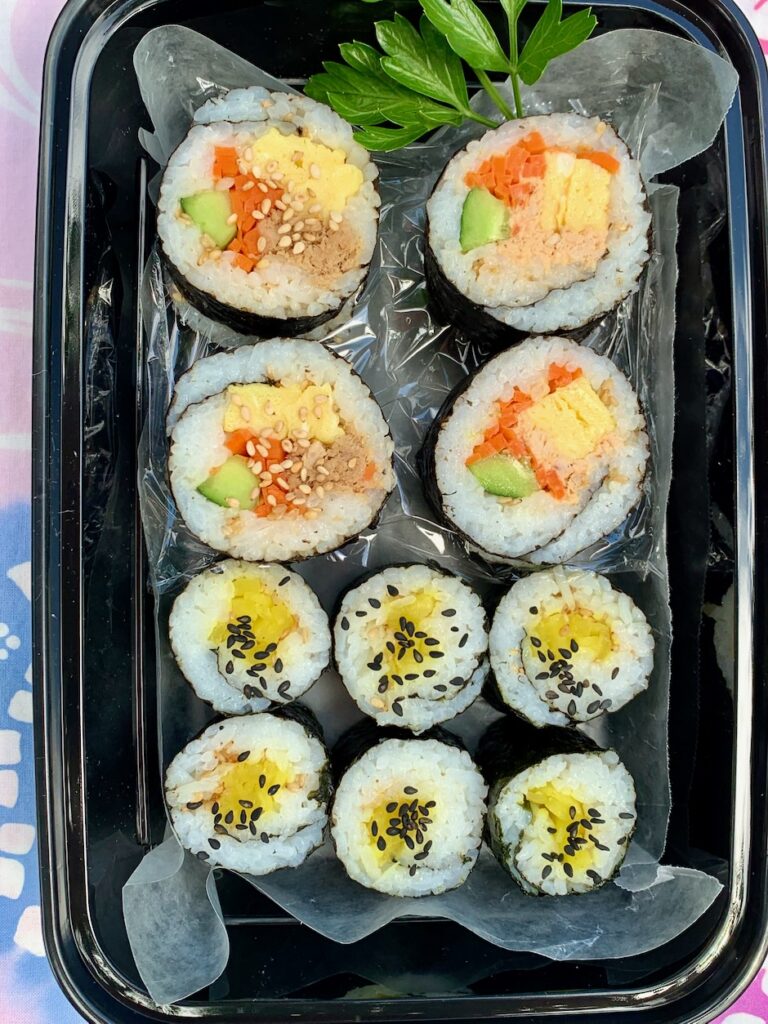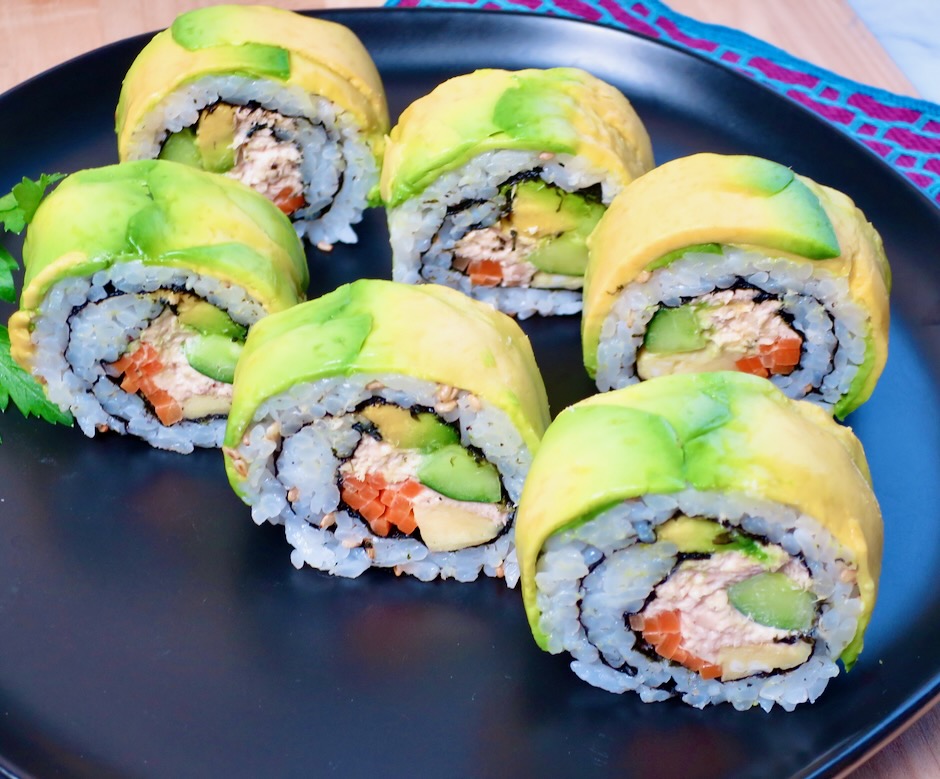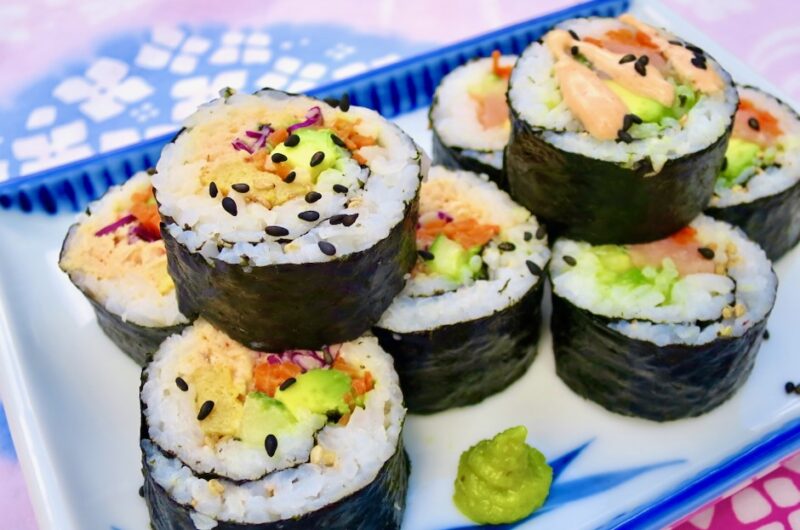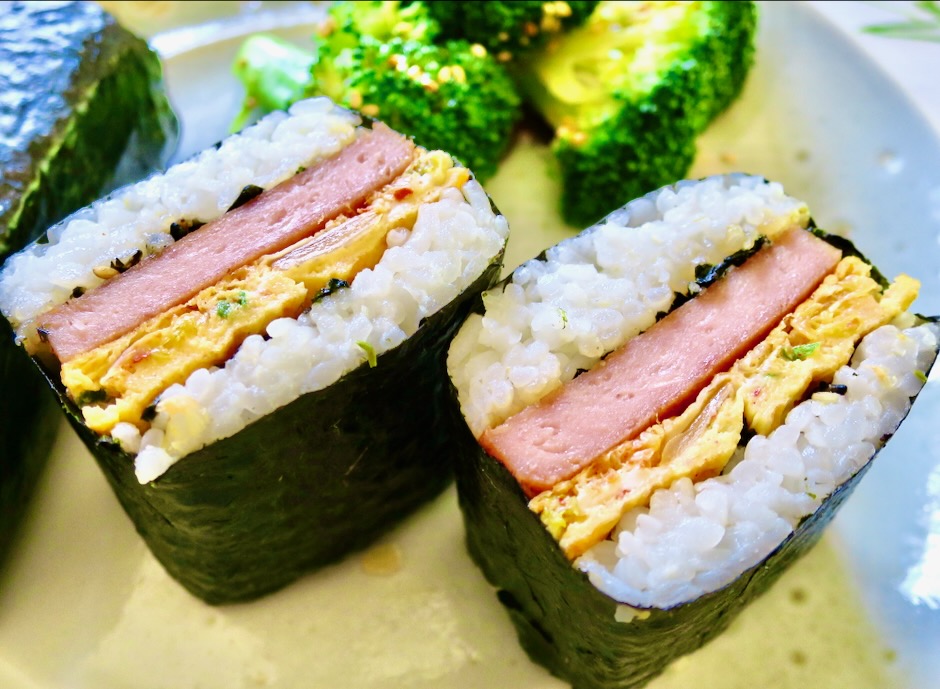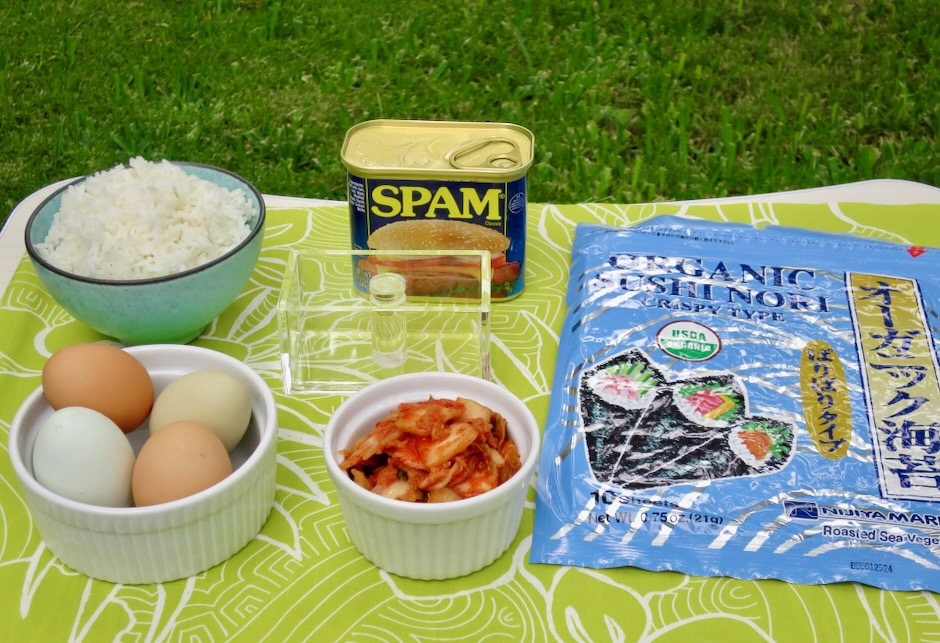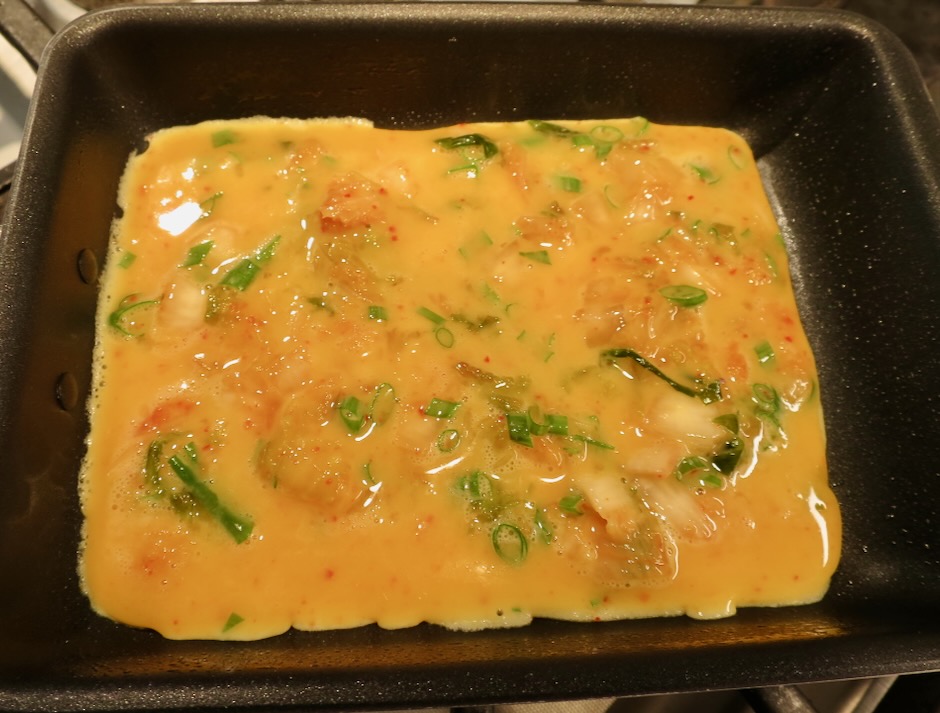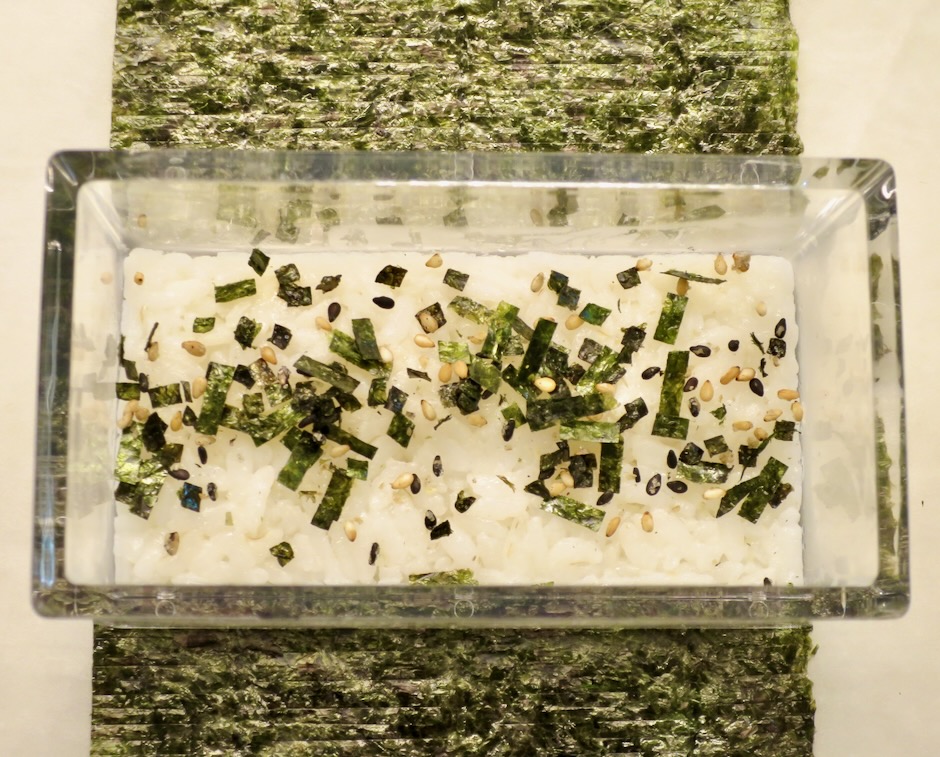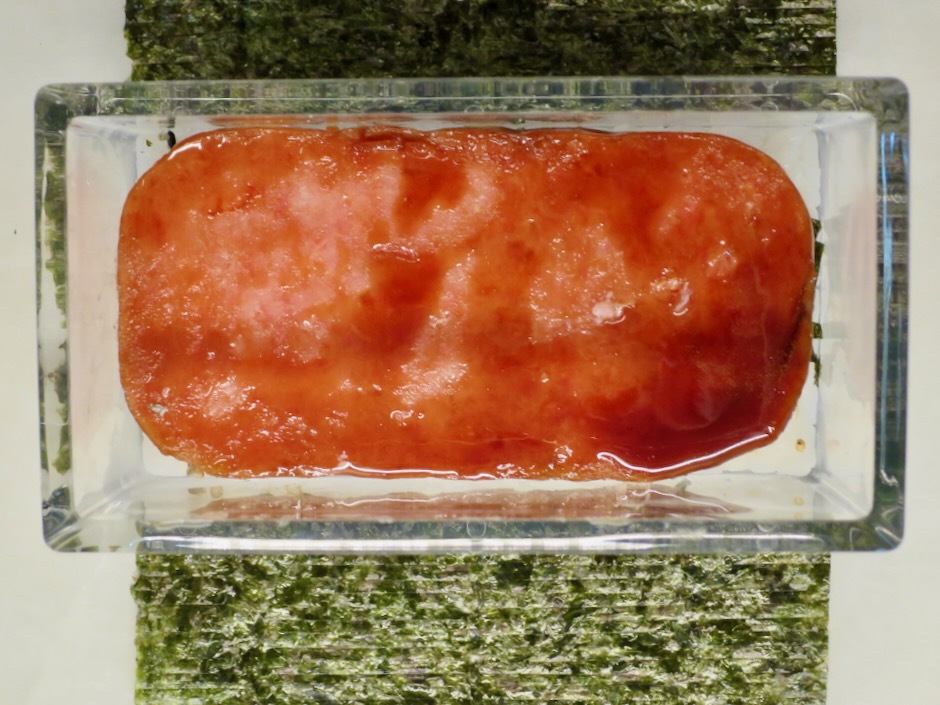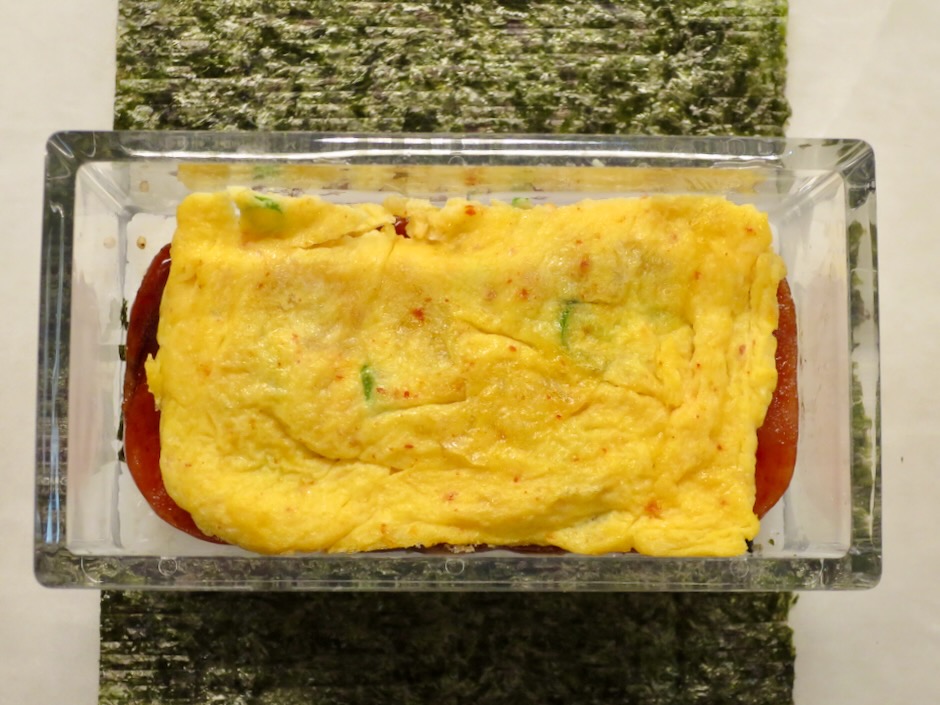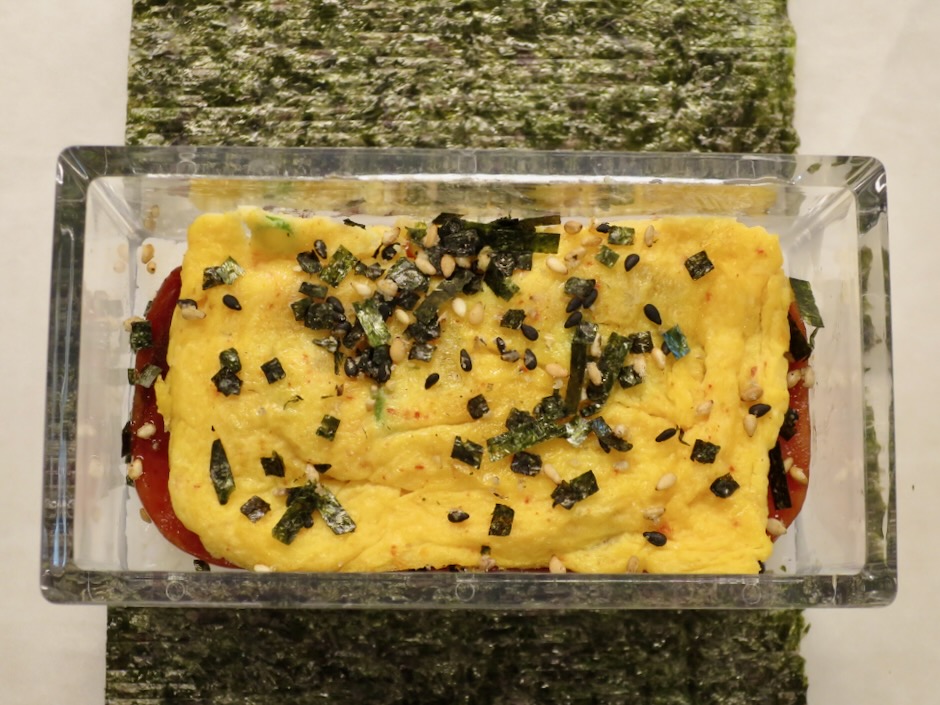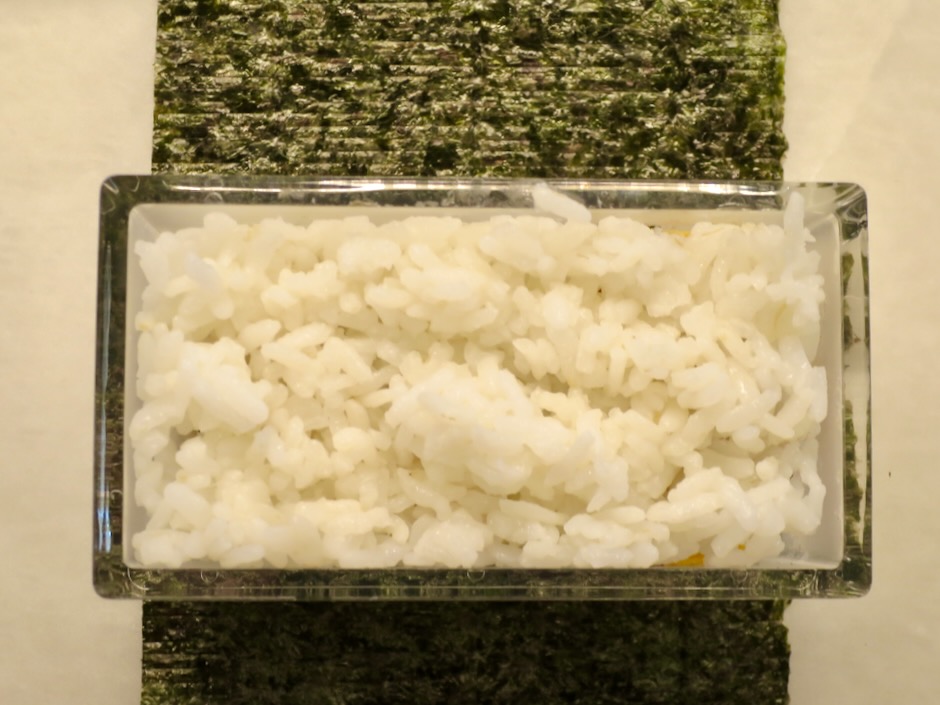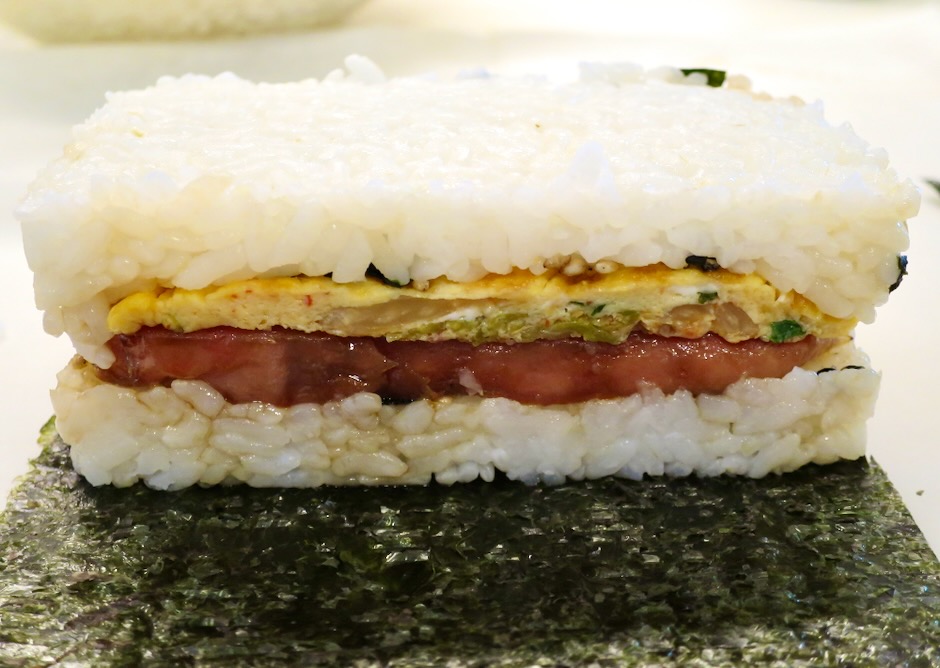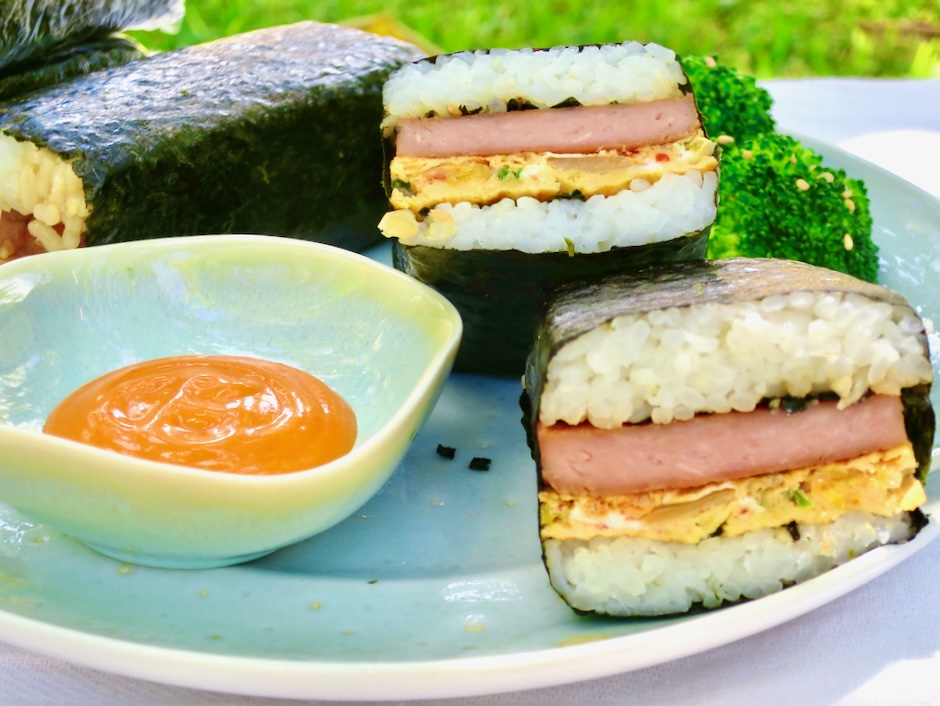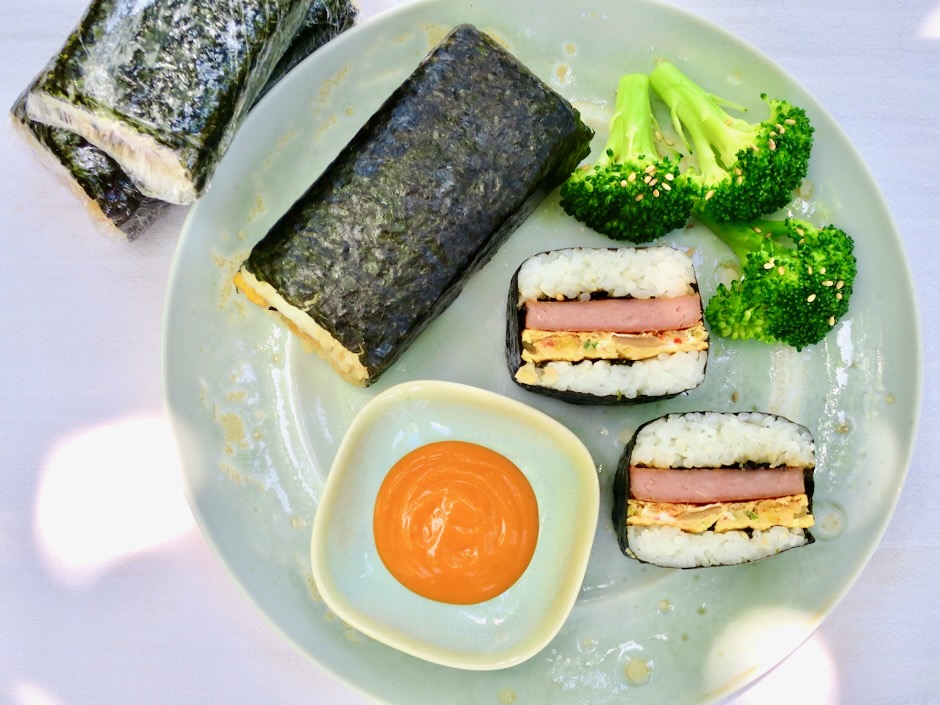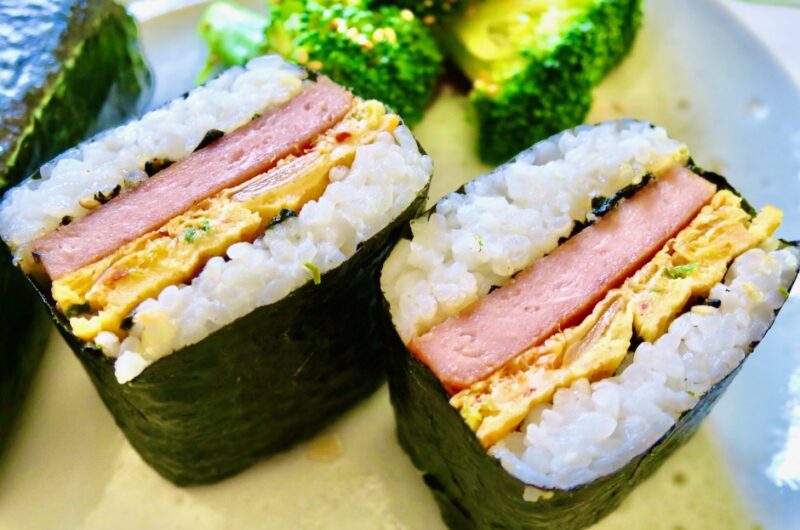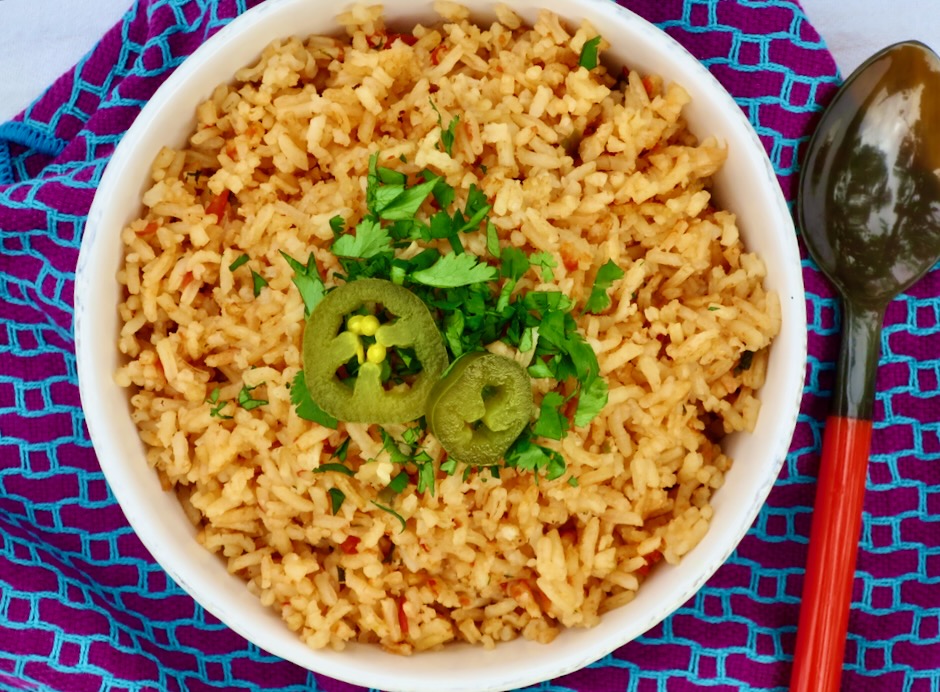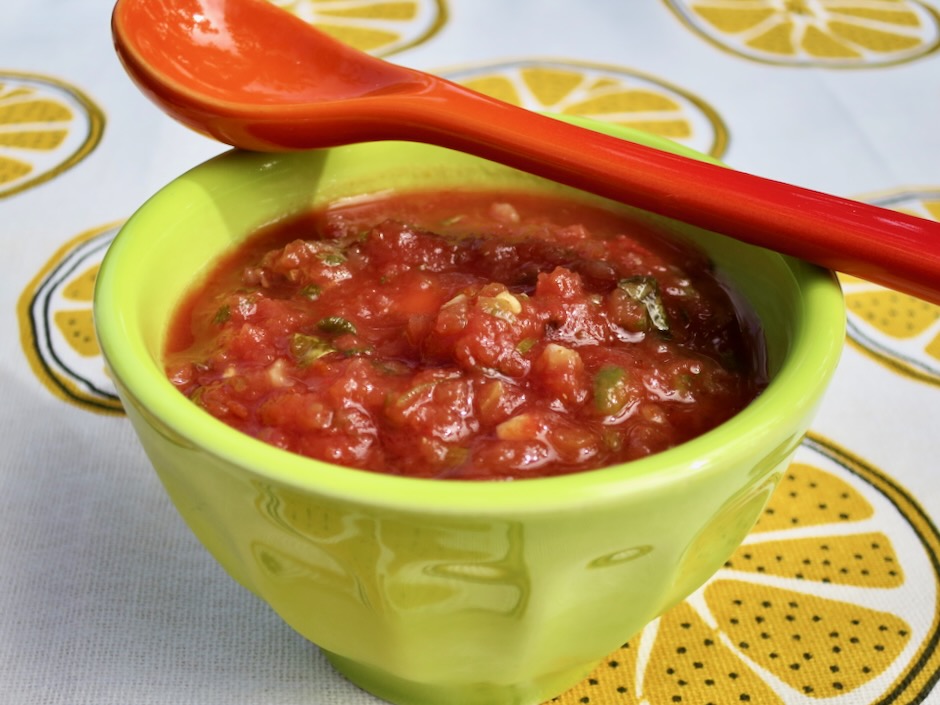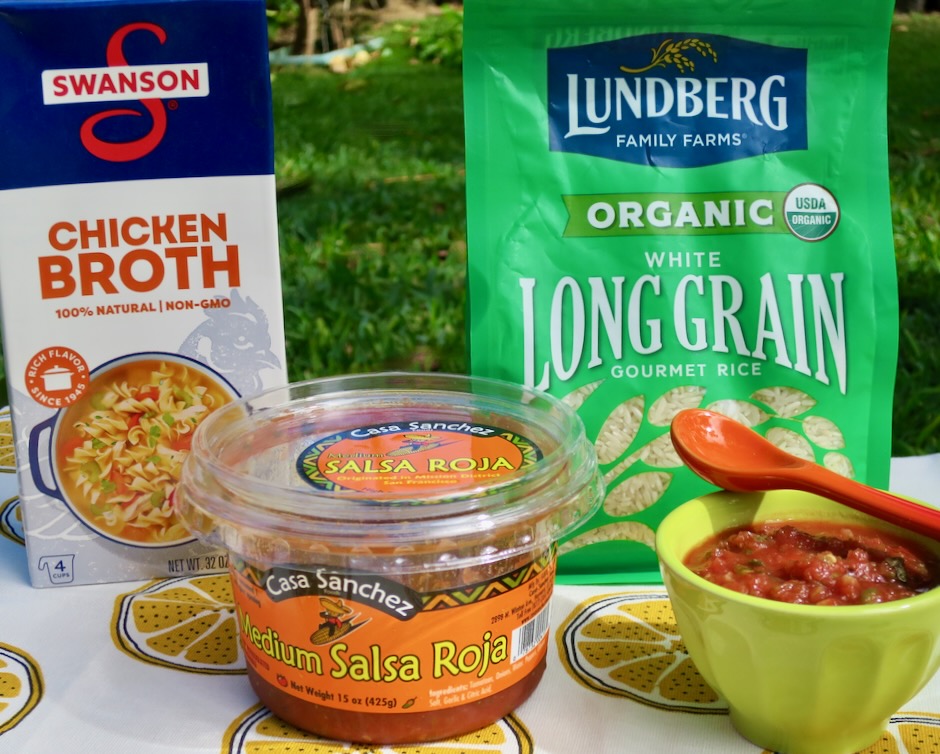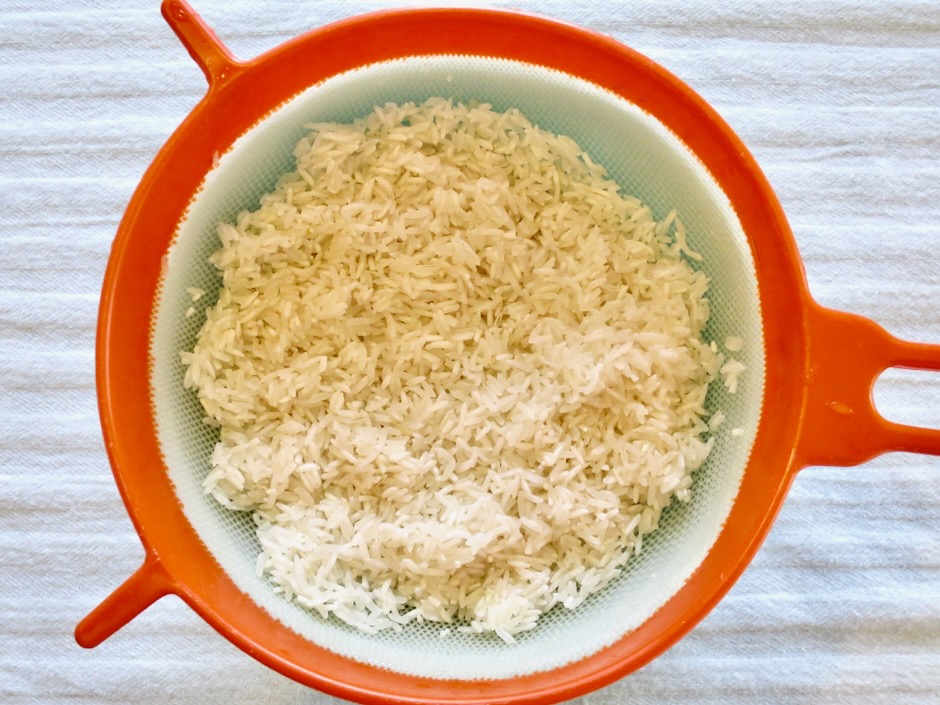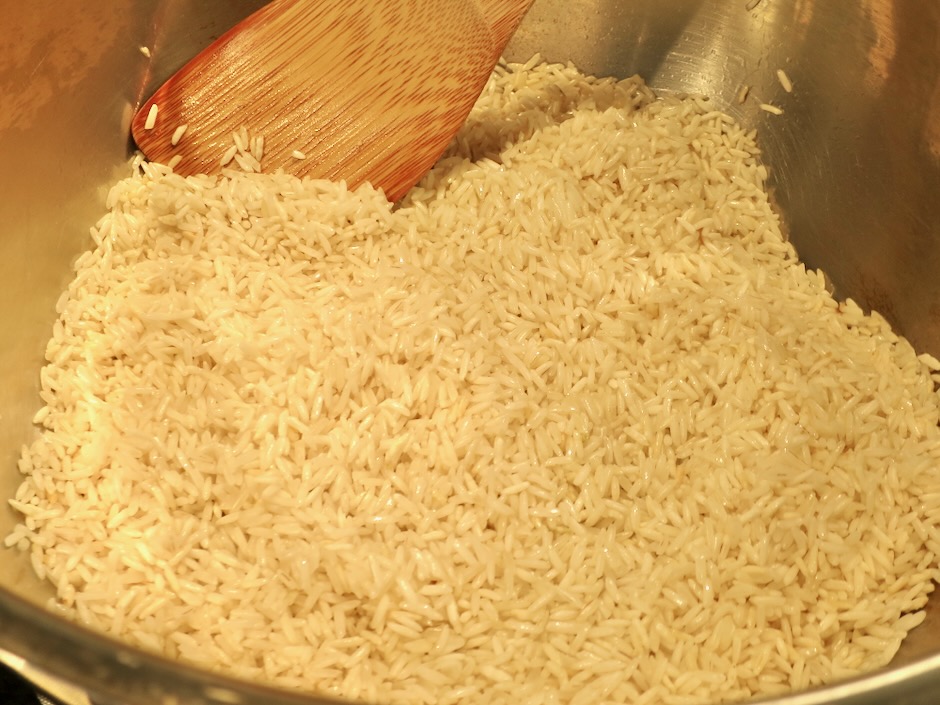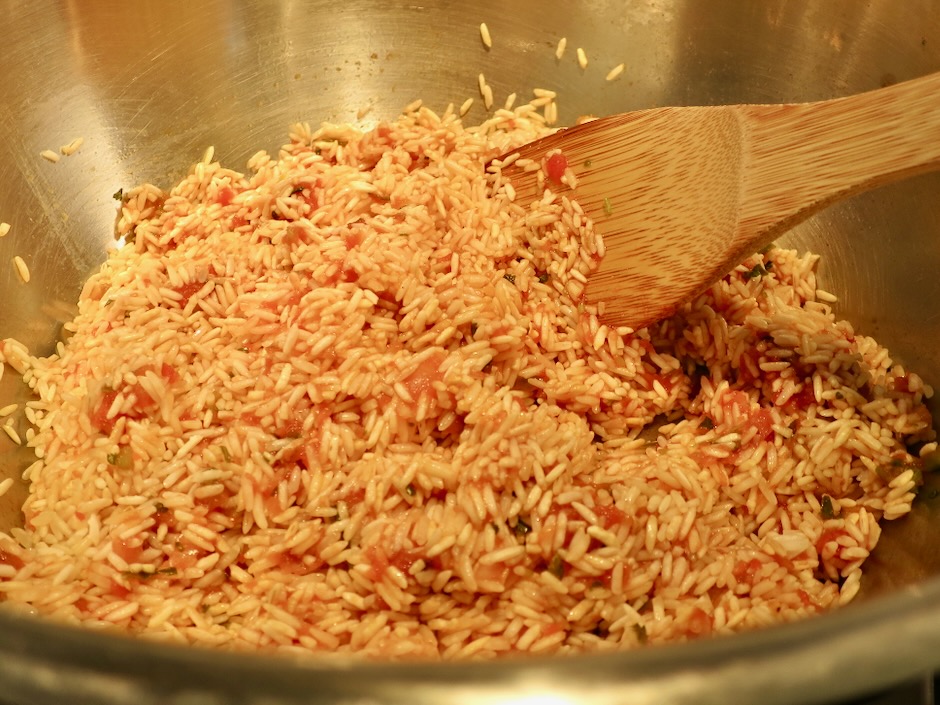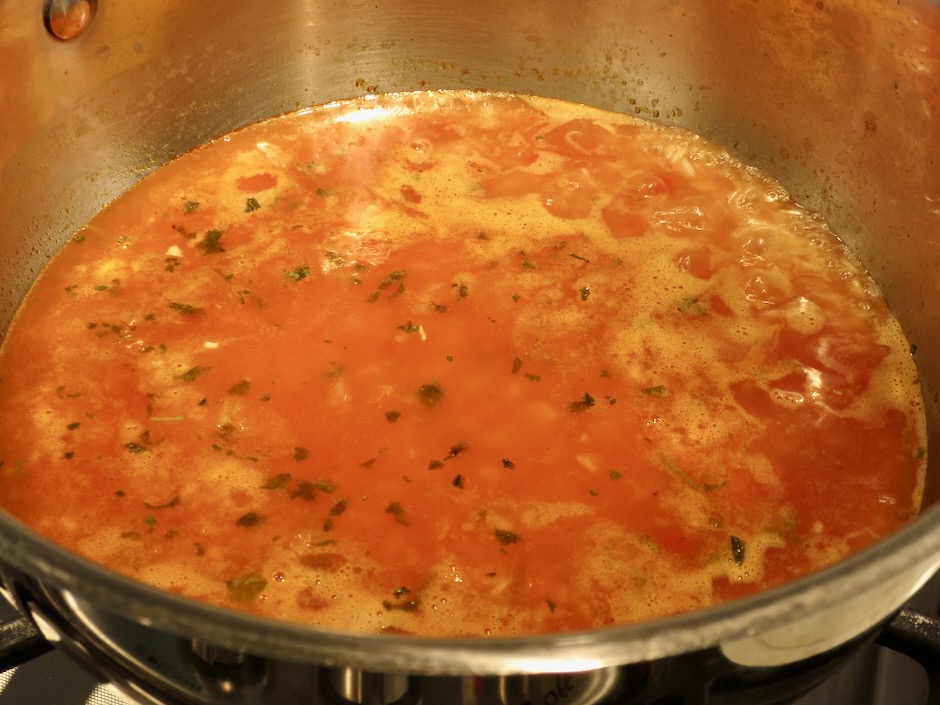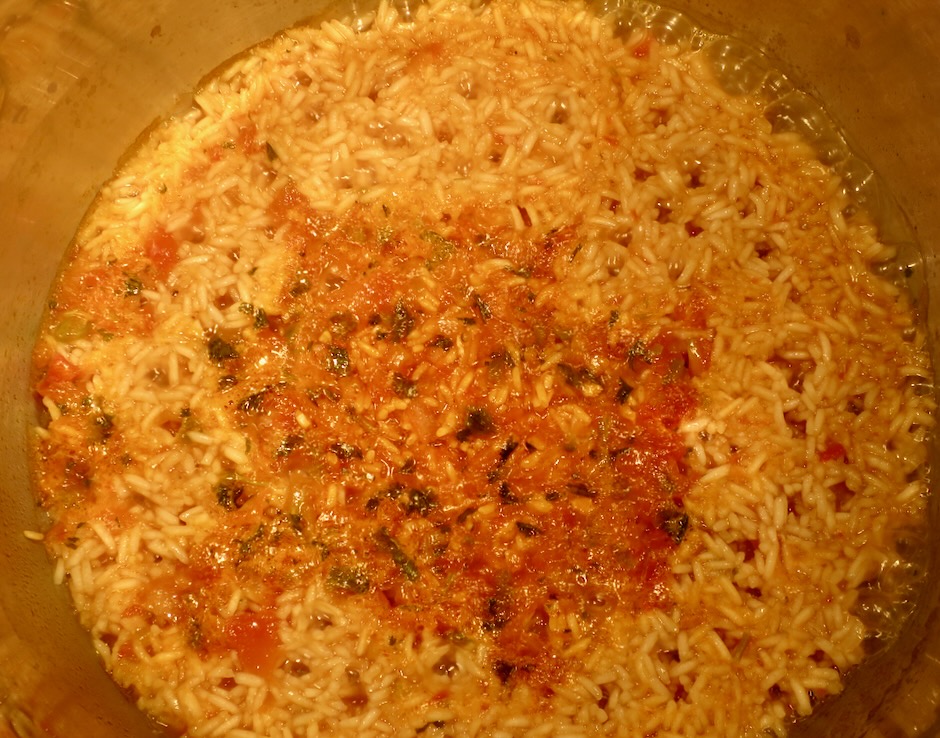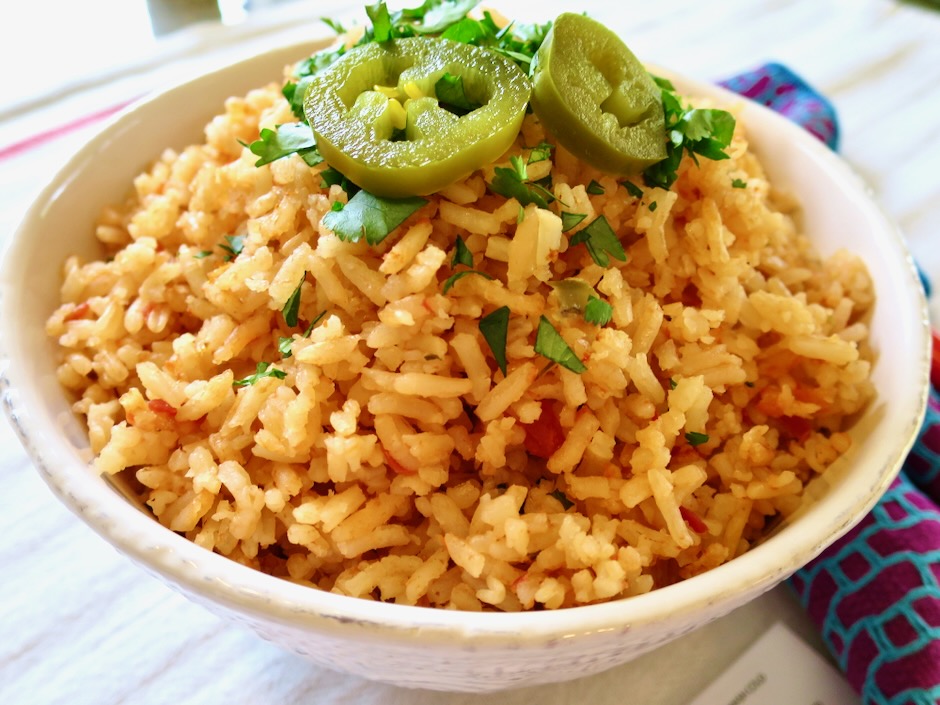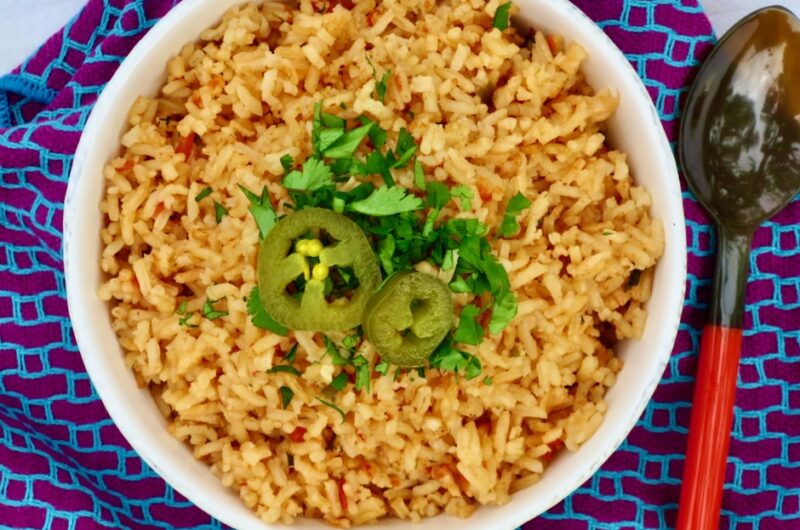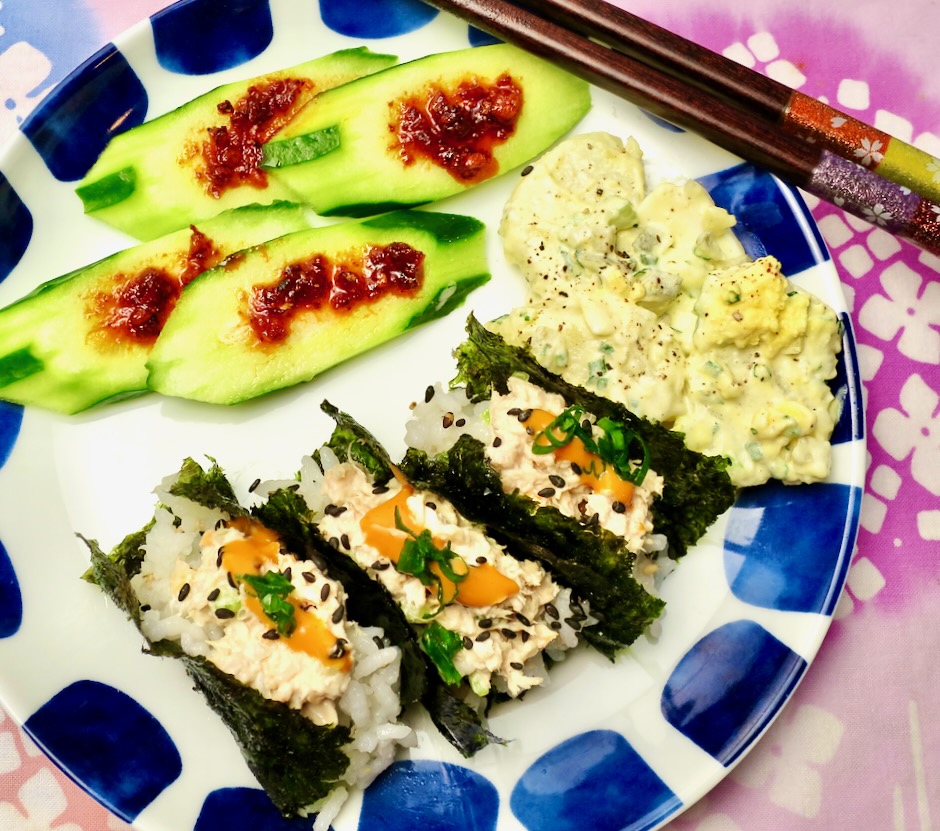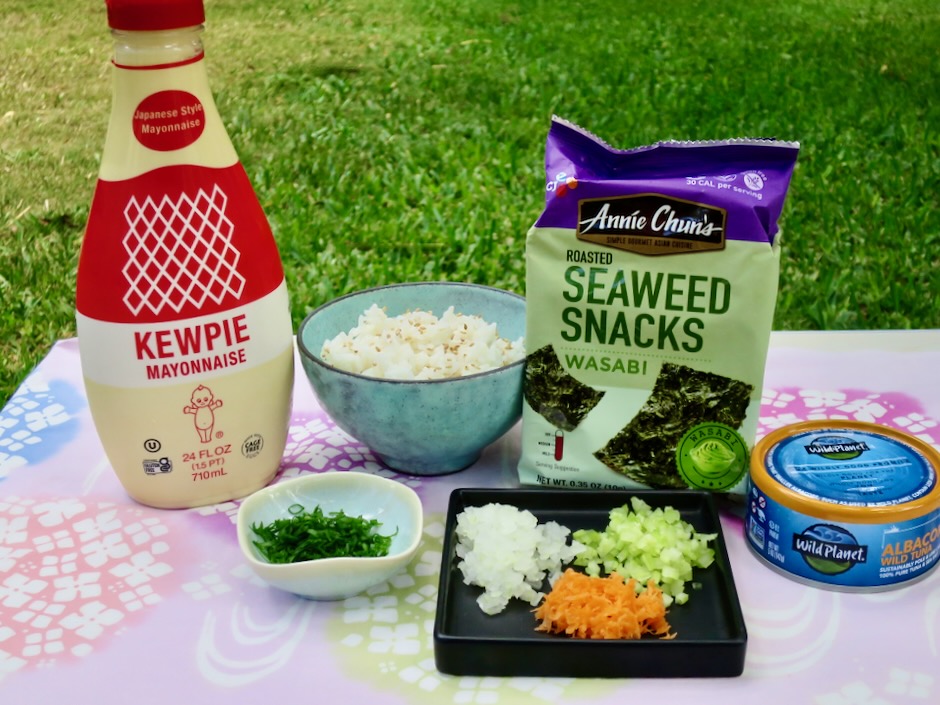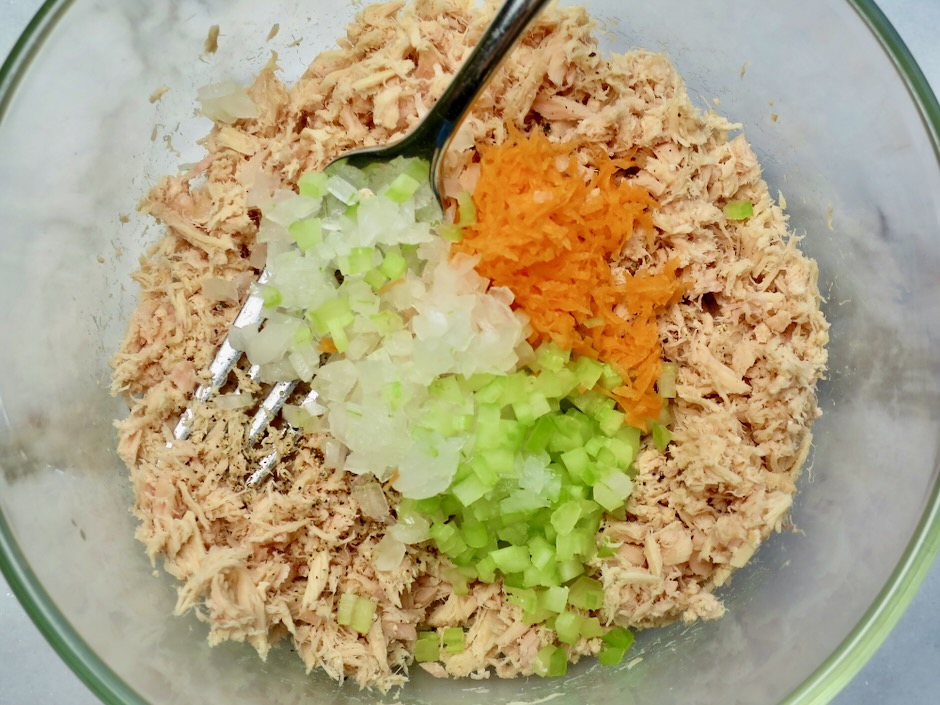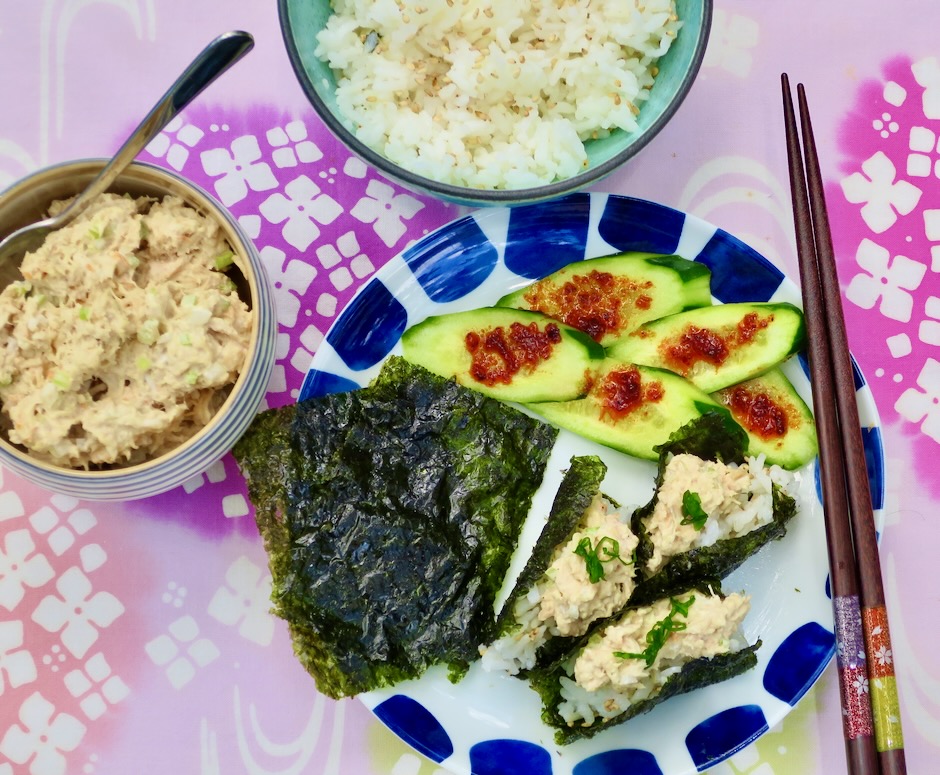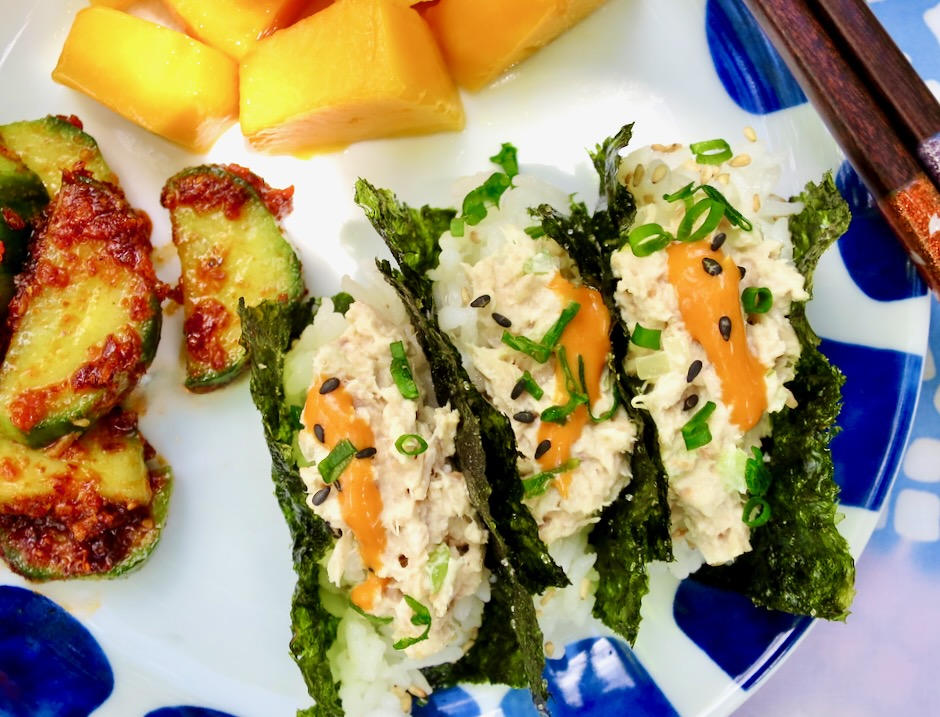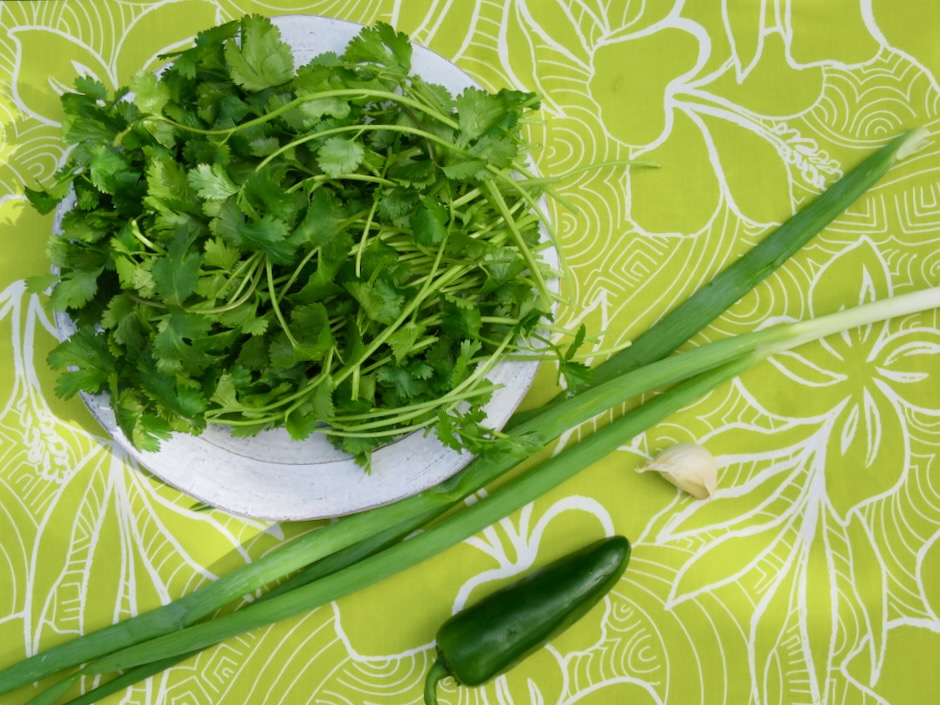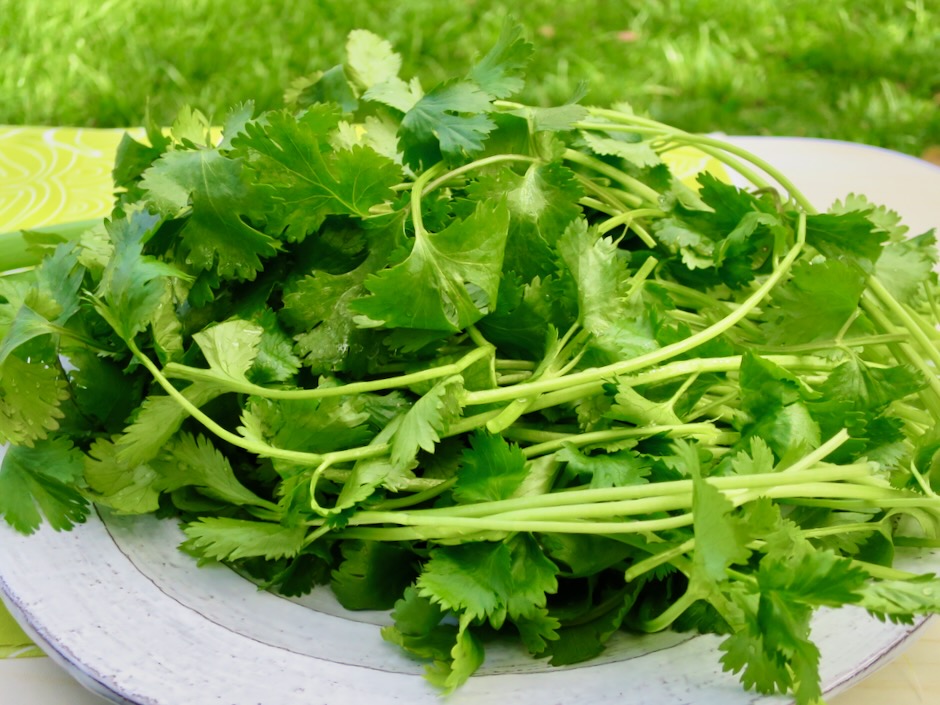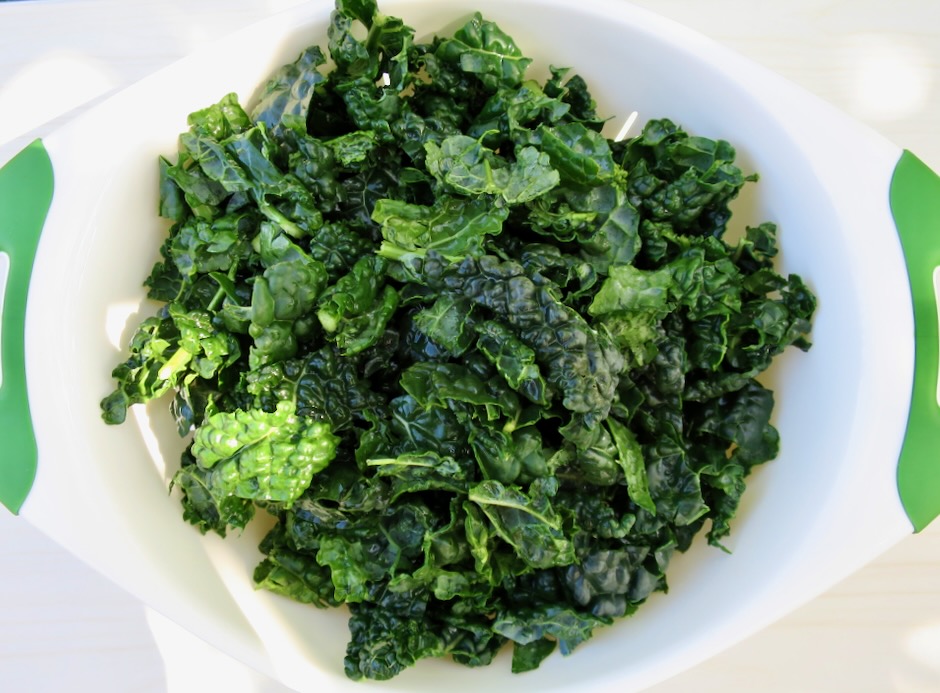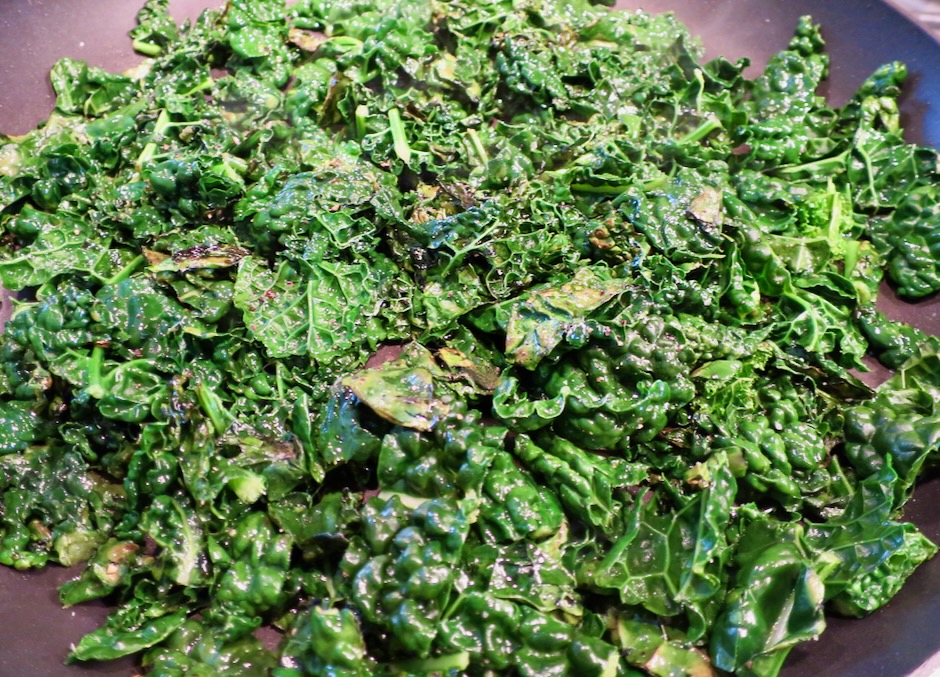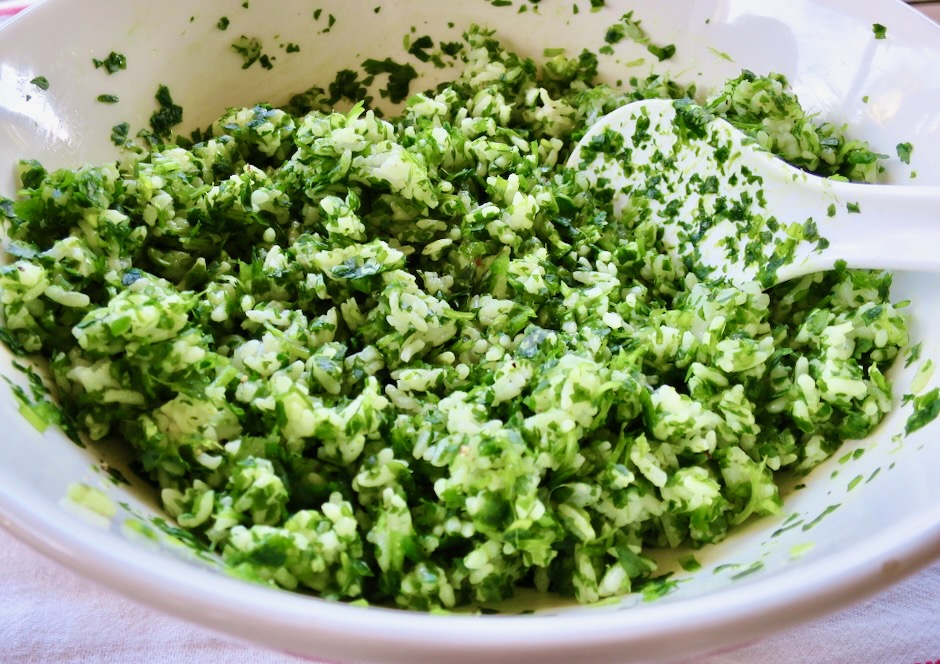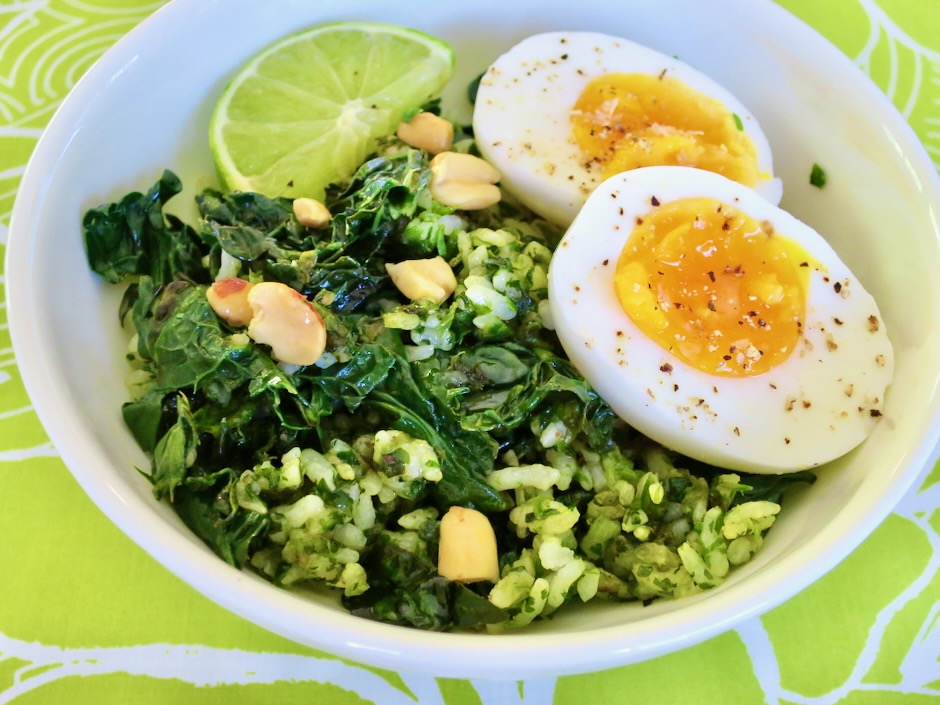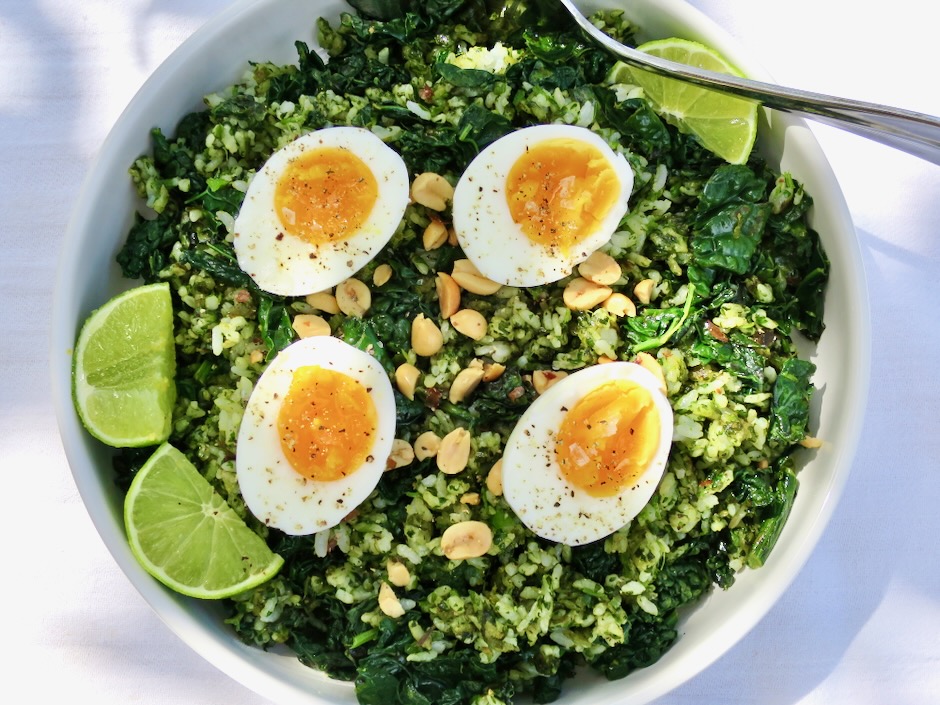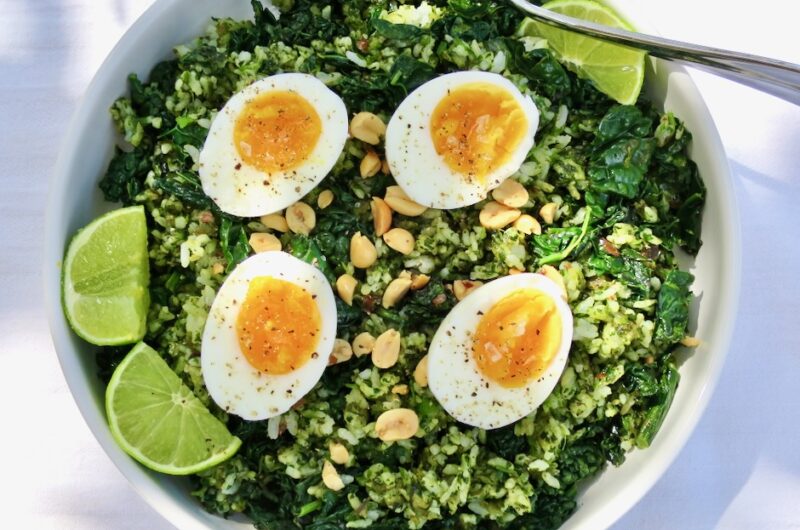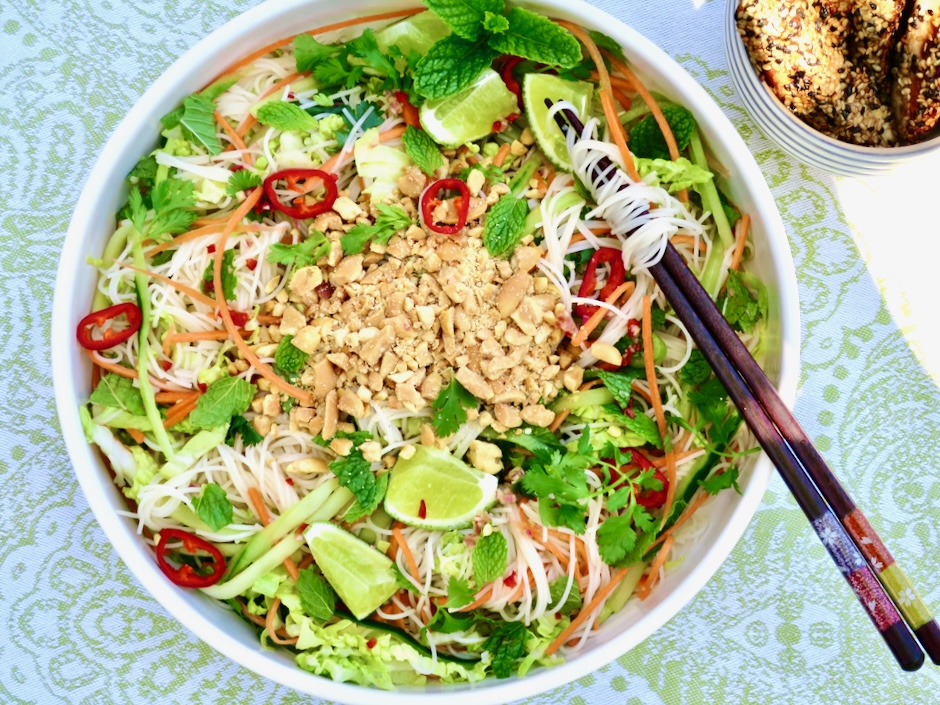
This refreshing, crunchy, rice noodle salad covers all the bases. It’s the perfect meal for those warm days when cooking over a hot stove is out of the question. A tangle of rice noodles and crispy vegetables makes a delightful summer salad.
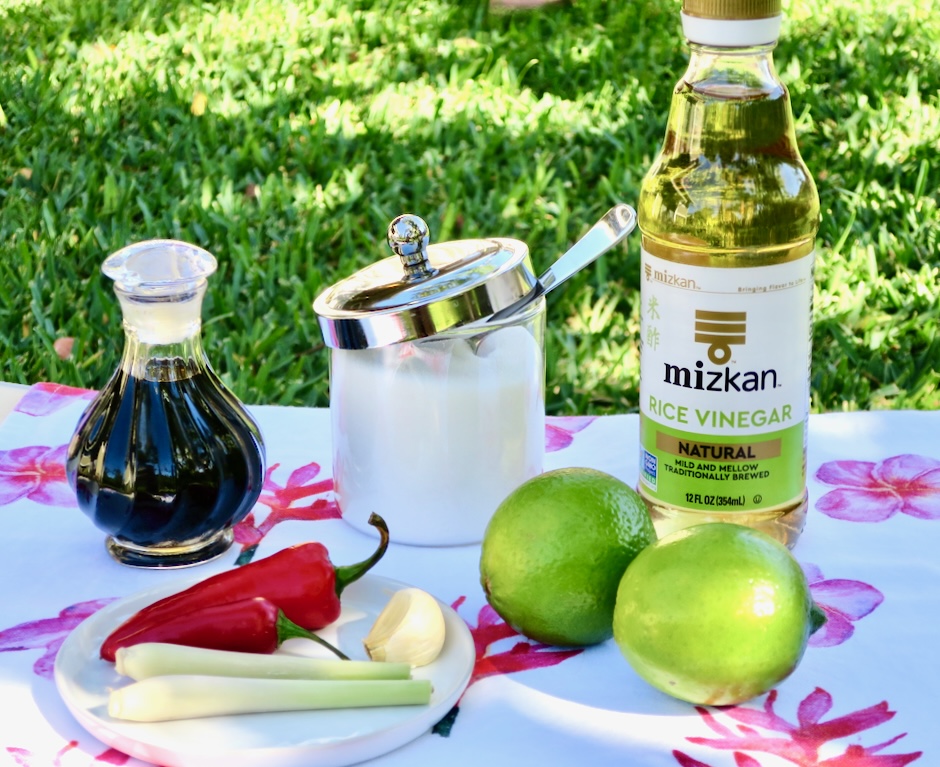


A mandoline comes in handy for cutting the cucumber and carrot into thin strips. Not to worry if you don’t have one. A good chef’s knife can do exactly the same task.

The dressing is zesty from the fresh lime juice with a hint of sweetness and punch from the Fresno pepper and lemongrass. It’s perfect for springy rice noodles and crispy vegetables showered with lots of fresh herbs.
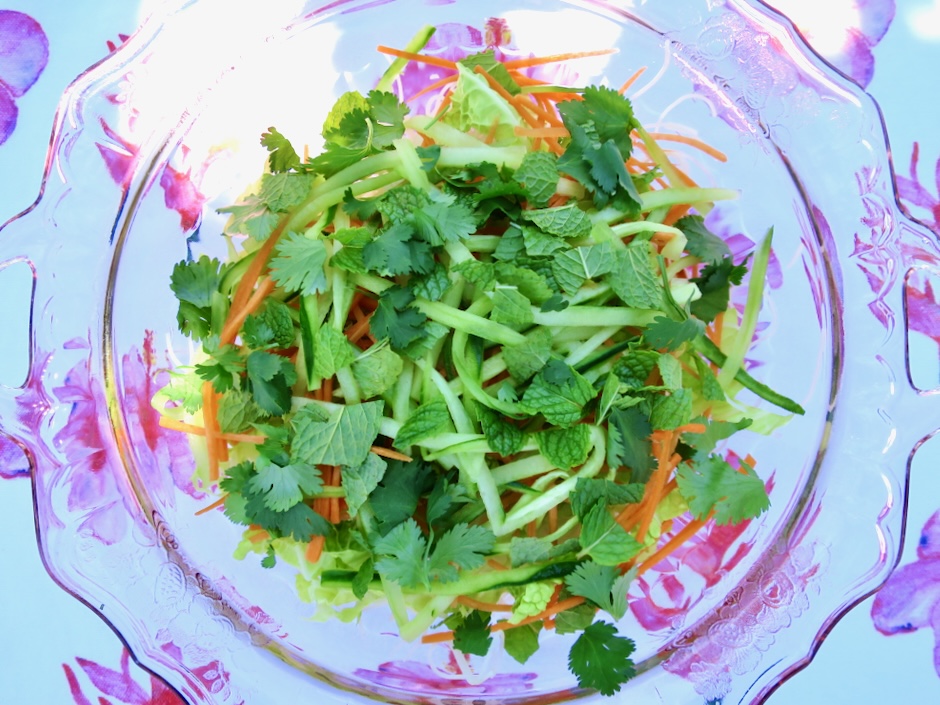
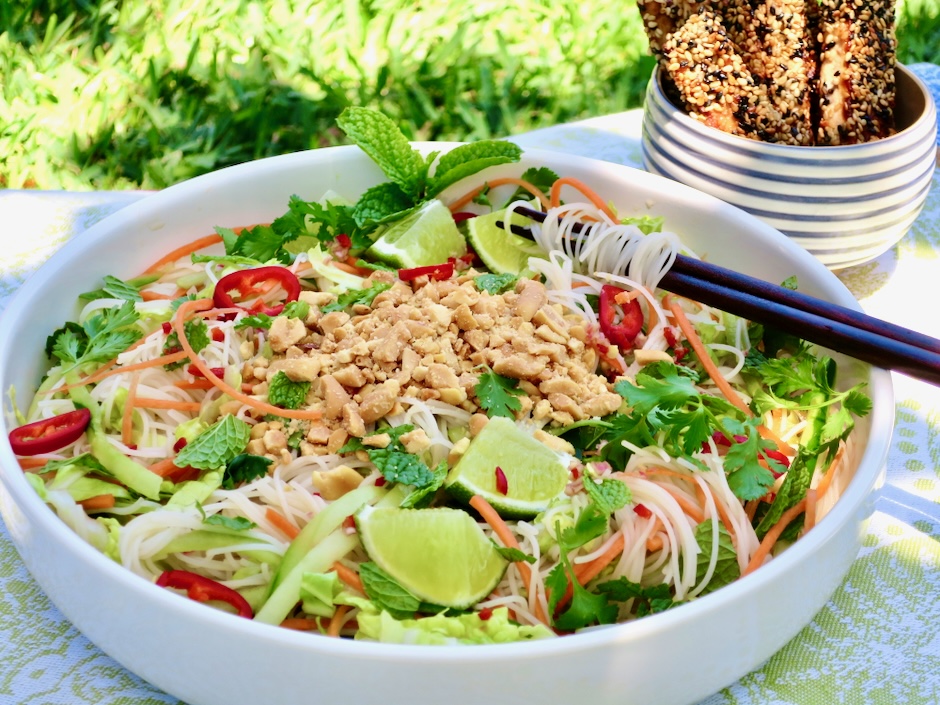
I serve the salad with sesame tofu. It is one of my favorite summertime meals and because both the salad and tofu can be prepared in advance, it’s a breeze to make for a crowd.
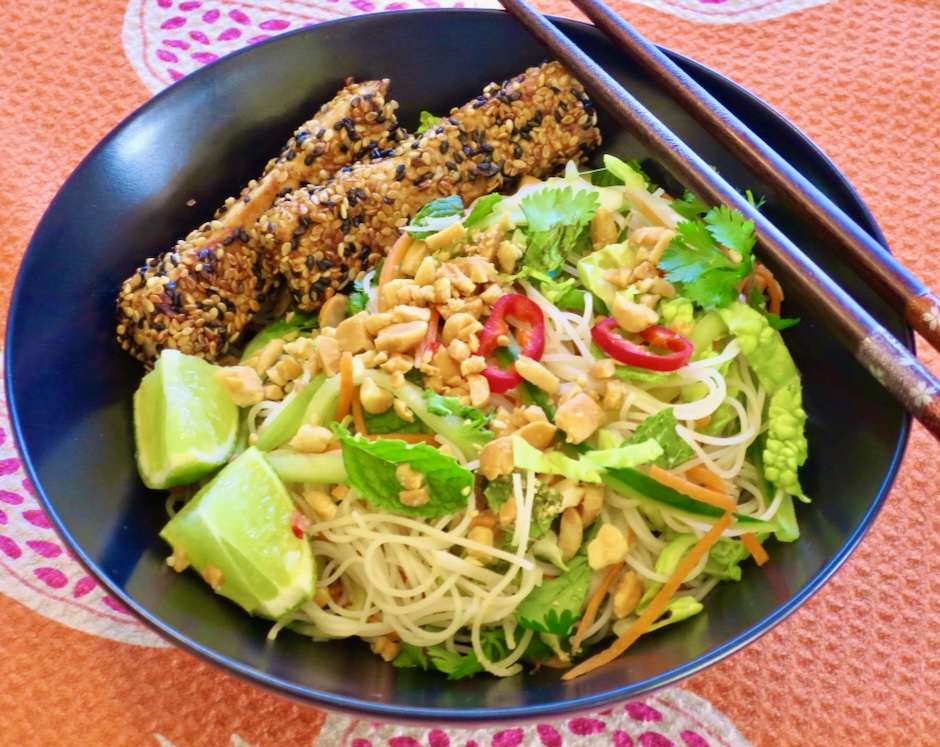
Refreshing Rice Noodle Salad
4
servingsIngredients
- Salad
7 ounces rice noodles (such as Eden Bifun)
1 large Japanese cucumber with soft core and seeds removed, cut into thin strips (use a mandoline if you have one)
1 medium carrot, julienned
2 cups Napa cabbage, thinly sliced
1/3 cup + 2 tablespoons fresh mint leaves
1/3 cup + 2 tablespoons cilantro leaves
1/3 cup salted roasted peanuts, chopped
Fresno pepper rings for serving
Lime wedges for serving
- Dressing
1/4 cup unseasoned rice vinegar
1/2 cup fresh squeezed lime juice
4 teaspoons soy sauce
2 tablespoons + 1 teaspoon granulated sugar
1/2 teaspoon garlic, finely grated
4 teaspoons lemongrass, finely minced
2 teaspoons Fresno pepper, finely minced (cut the rest of the pepper into thin slices to garnish noodles)
Directions
- Soften rice noodles according to package directions. Drain well and place in a low-sided serving bowl. Cover and chill.
- Stir all of the dressing ingredients together in a small bowl until sugar has dissolved. Dressing can be made a day in advance and stored in the refrigerator.
- Toss cabbage, carrot and cucumber strips and 1/3 cup each of torn herbs together. Place vegetables on chilled rice noodles. Drizzle some of the dressing over the noodles and vegetables and mix together gently with two forks or tongs, just enough to coat the noodles. Sprinkle peanuts over the top of the salad along with reserved 2 tablespoons each of torn mint and cilantro. Place lime wedges and Fresno pepper slices around the rim of the dish. Serve with extra dressing on the side.

